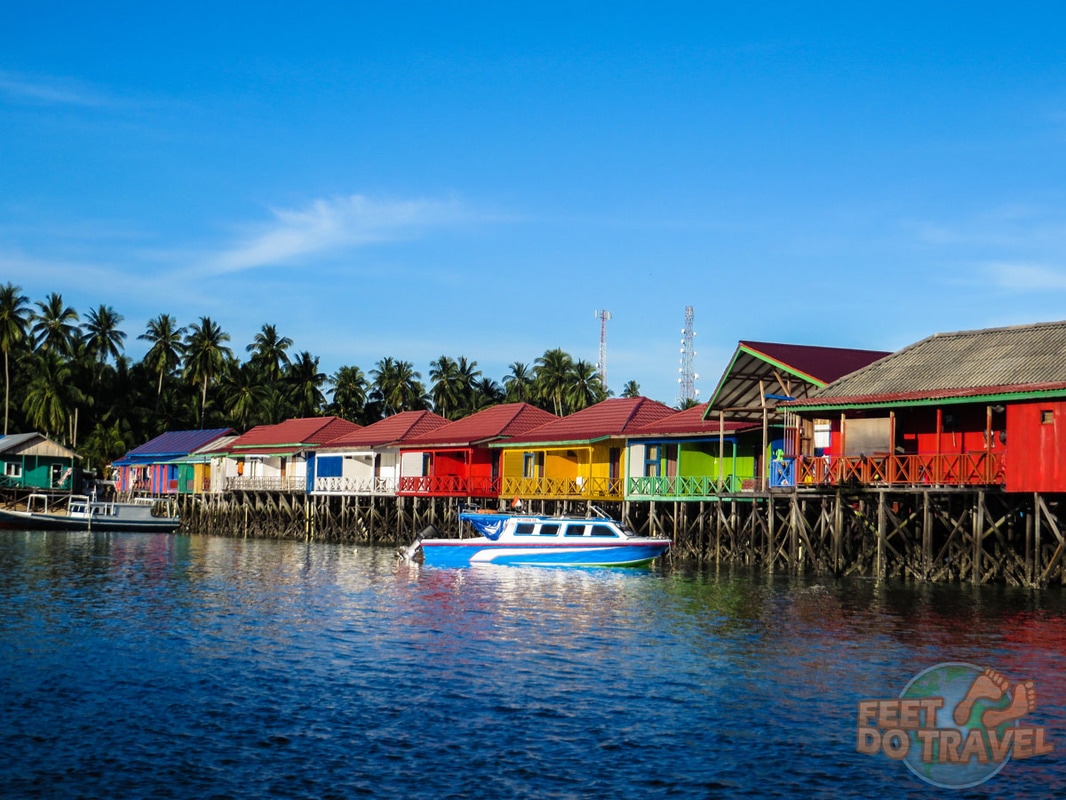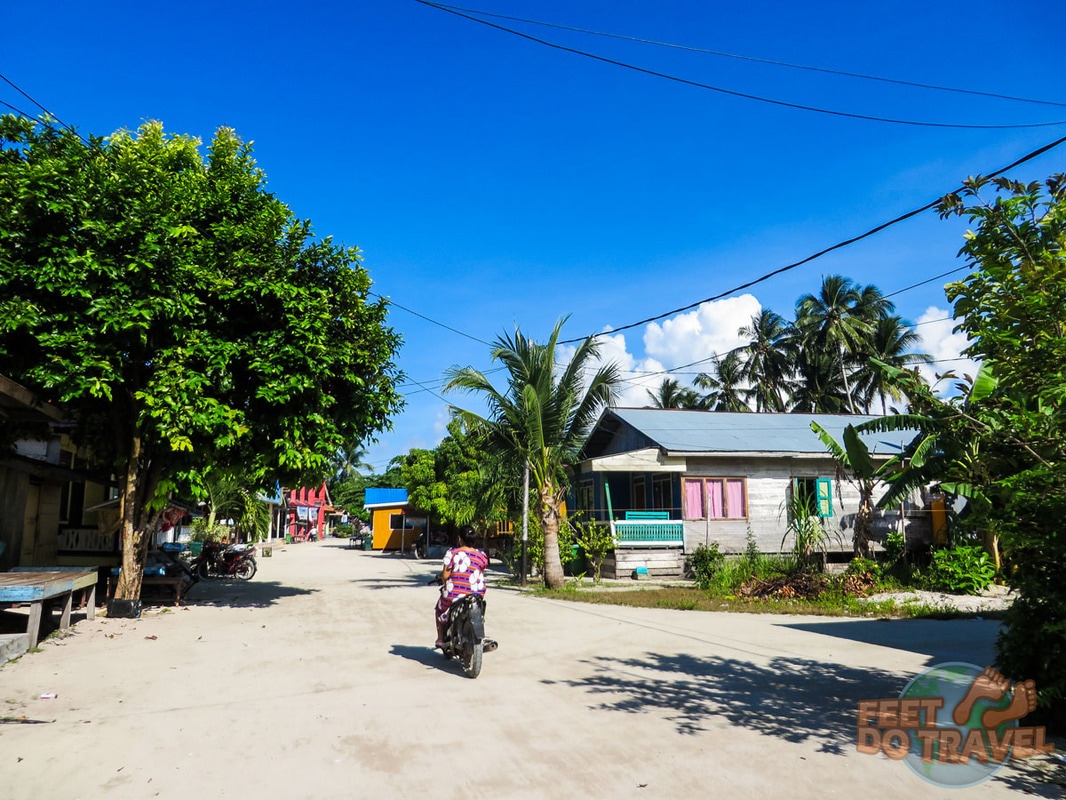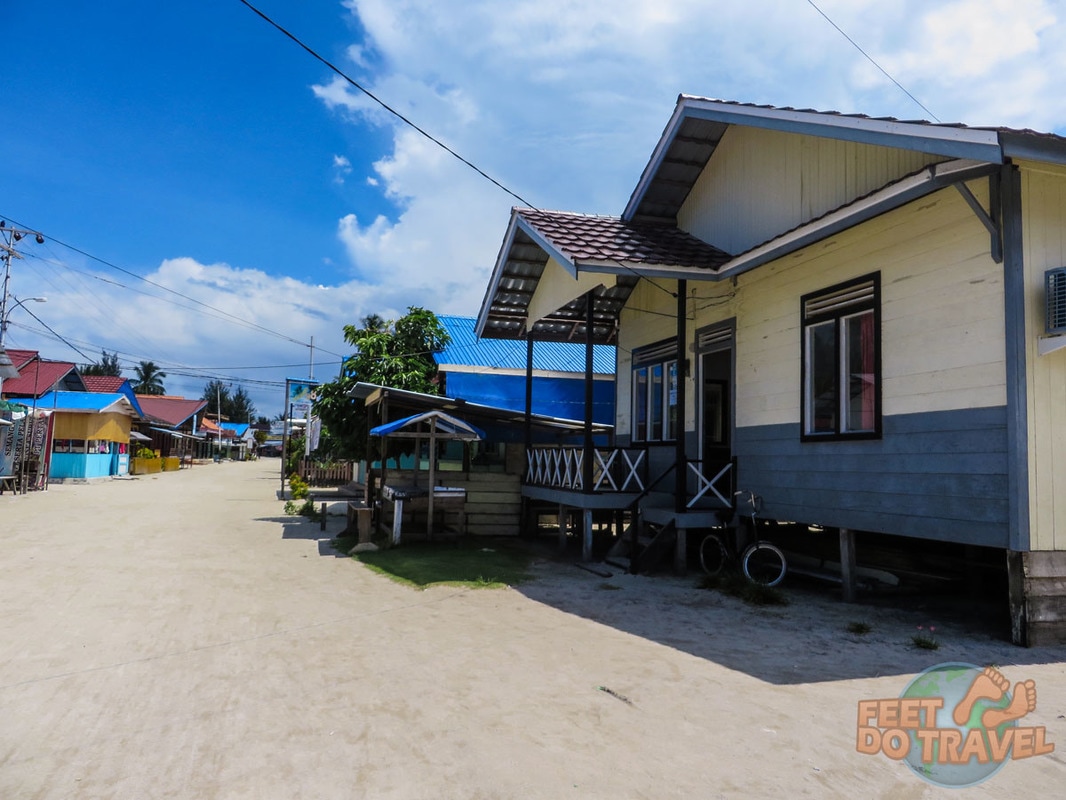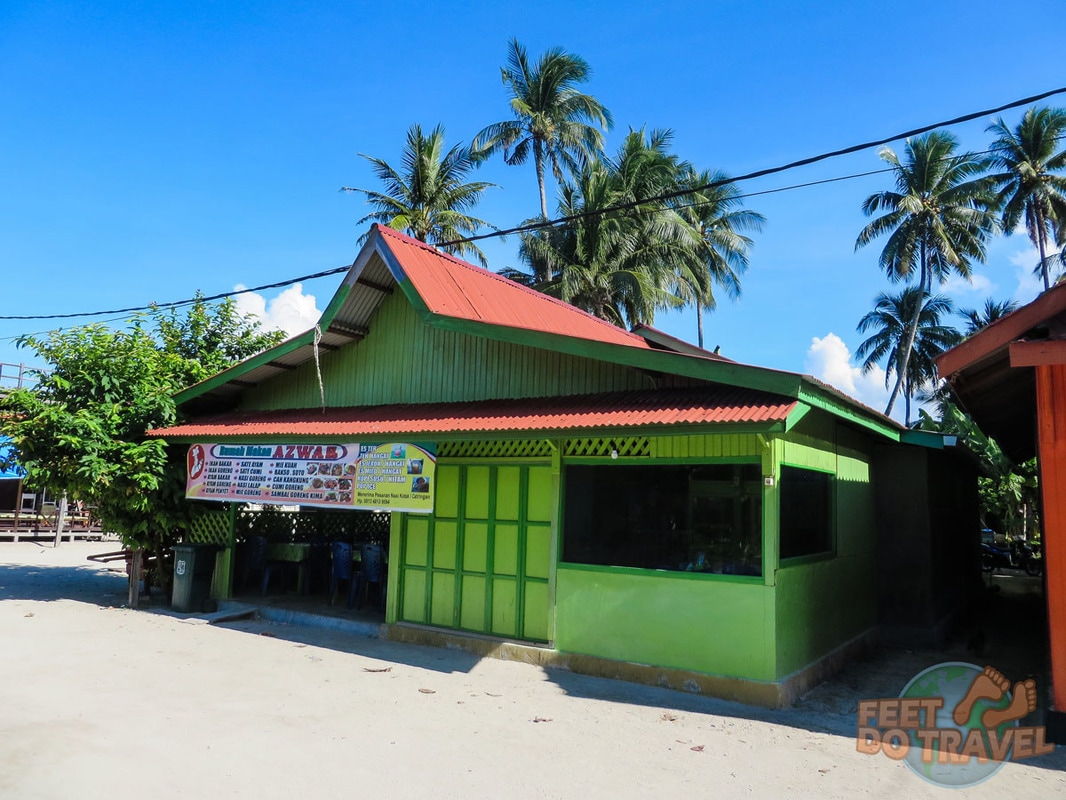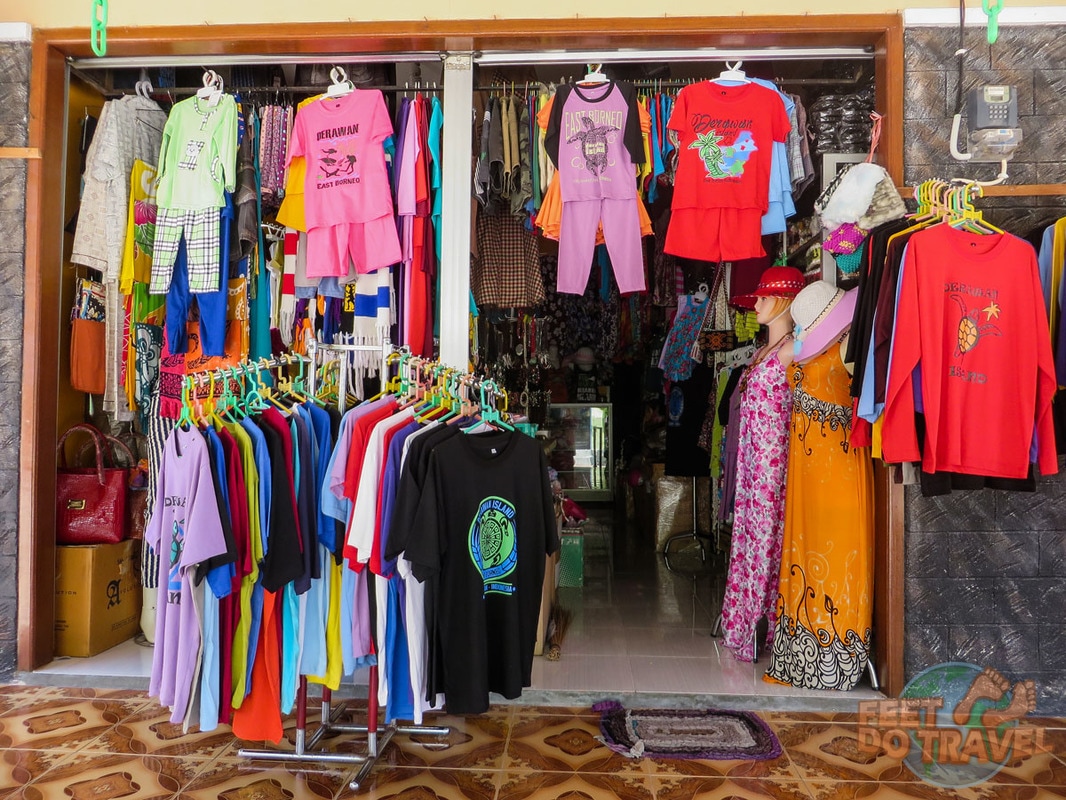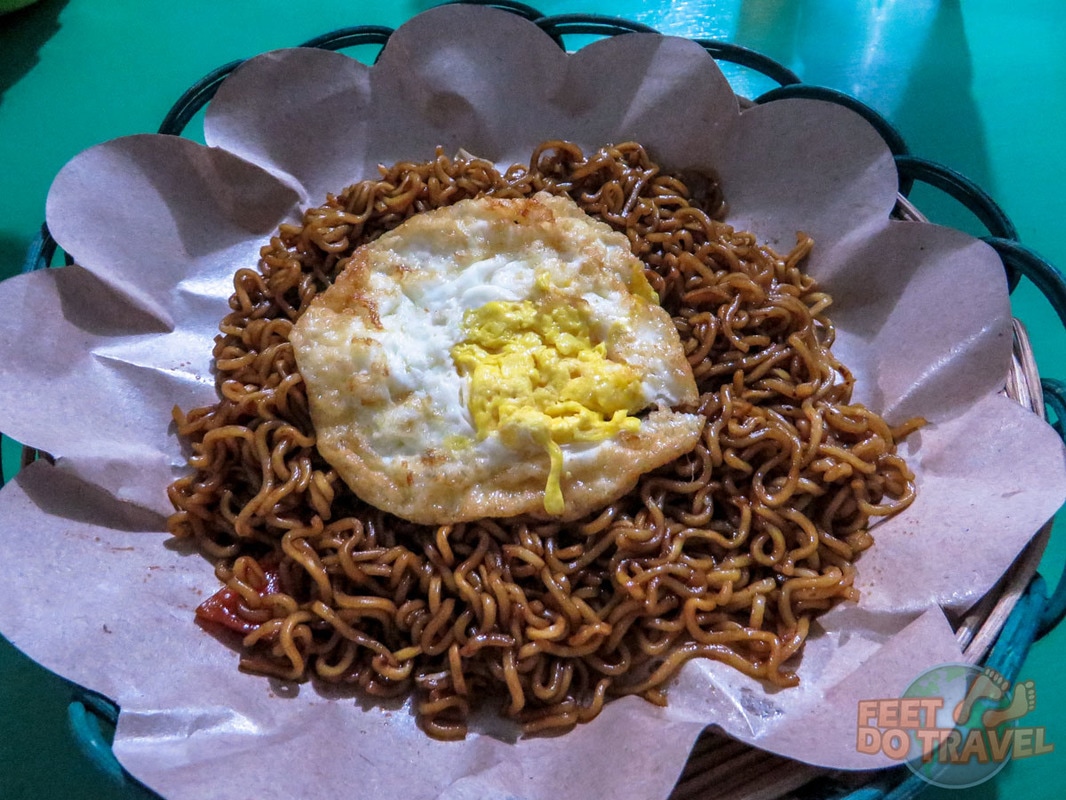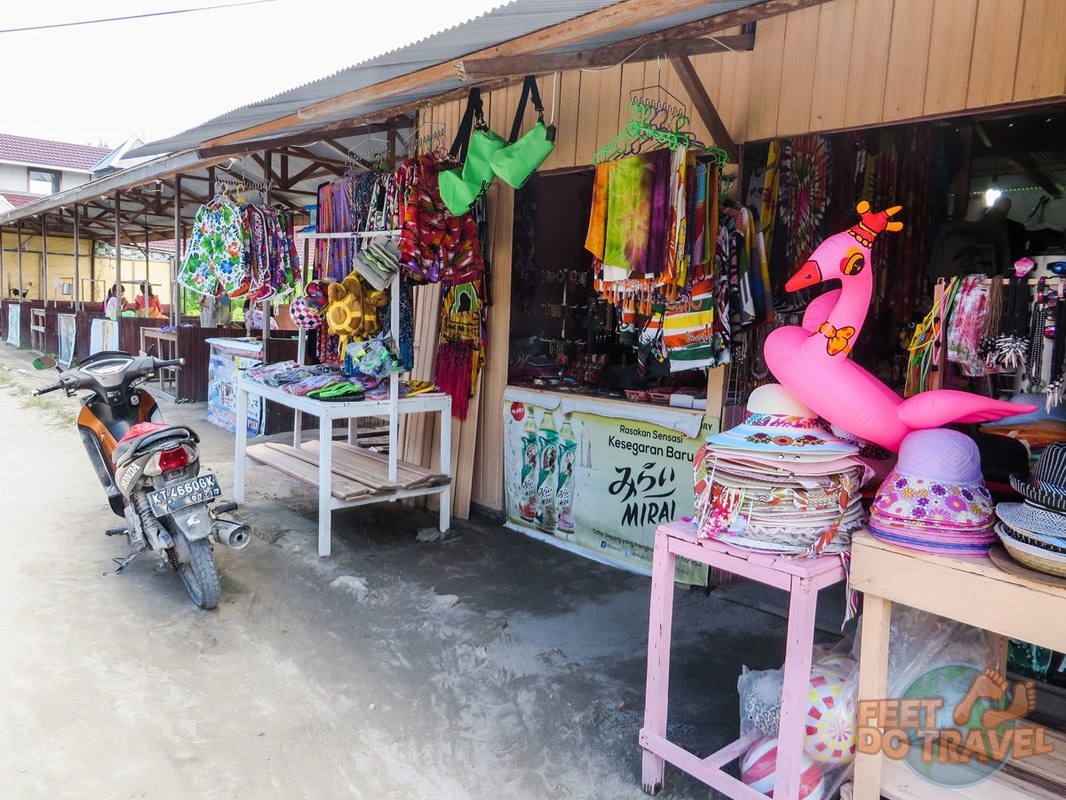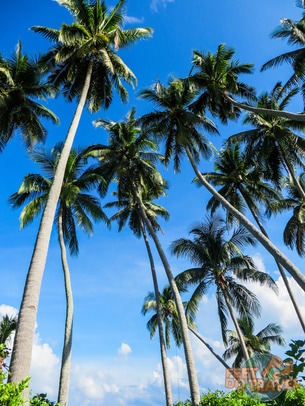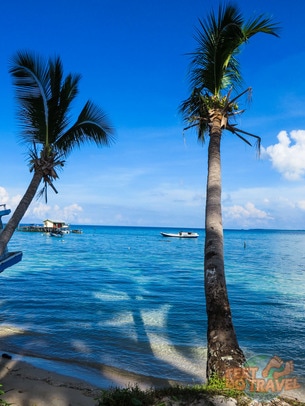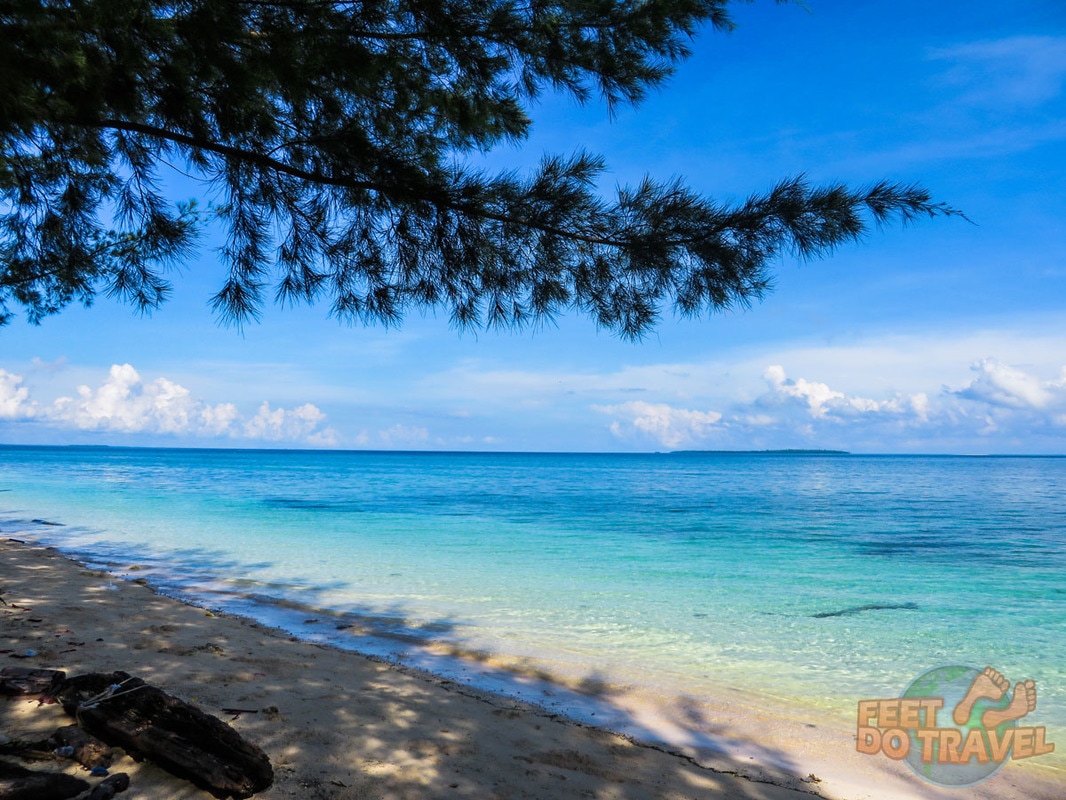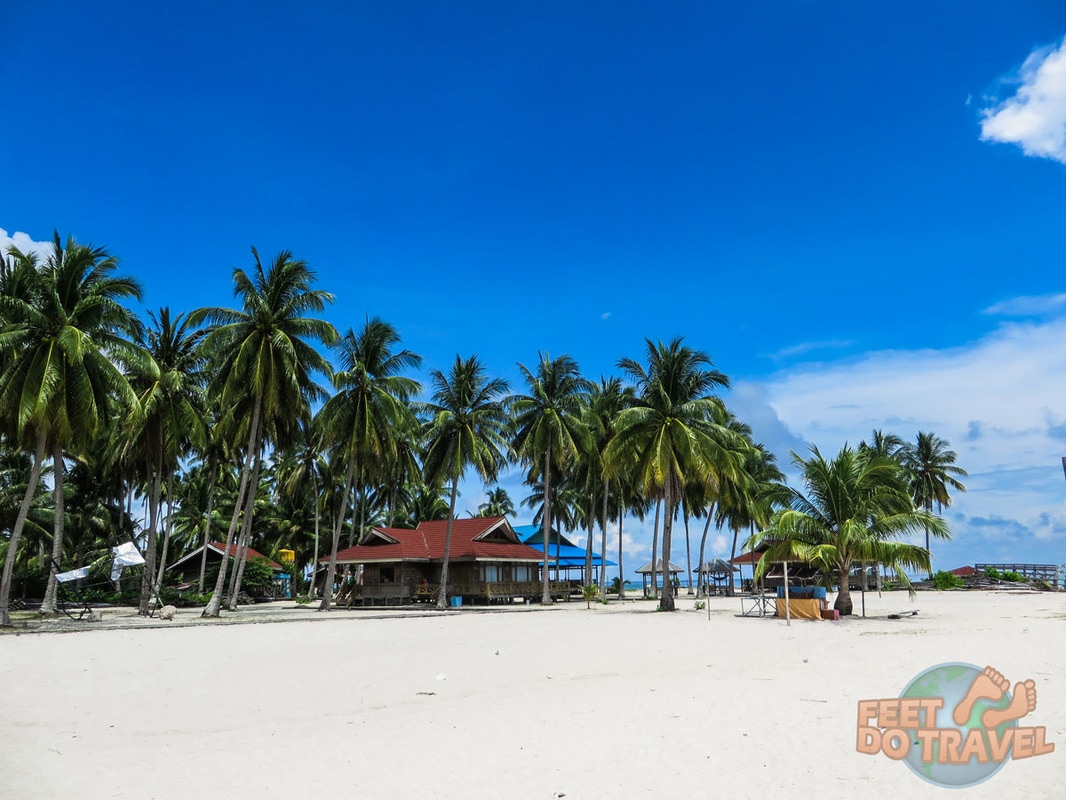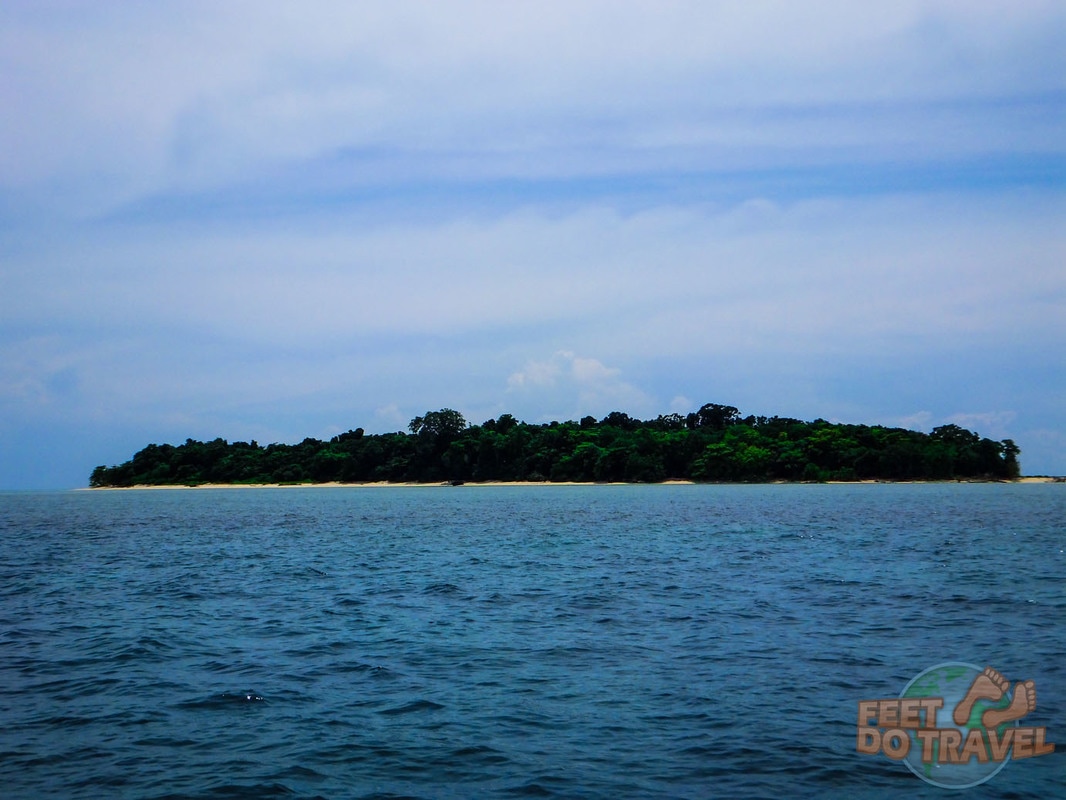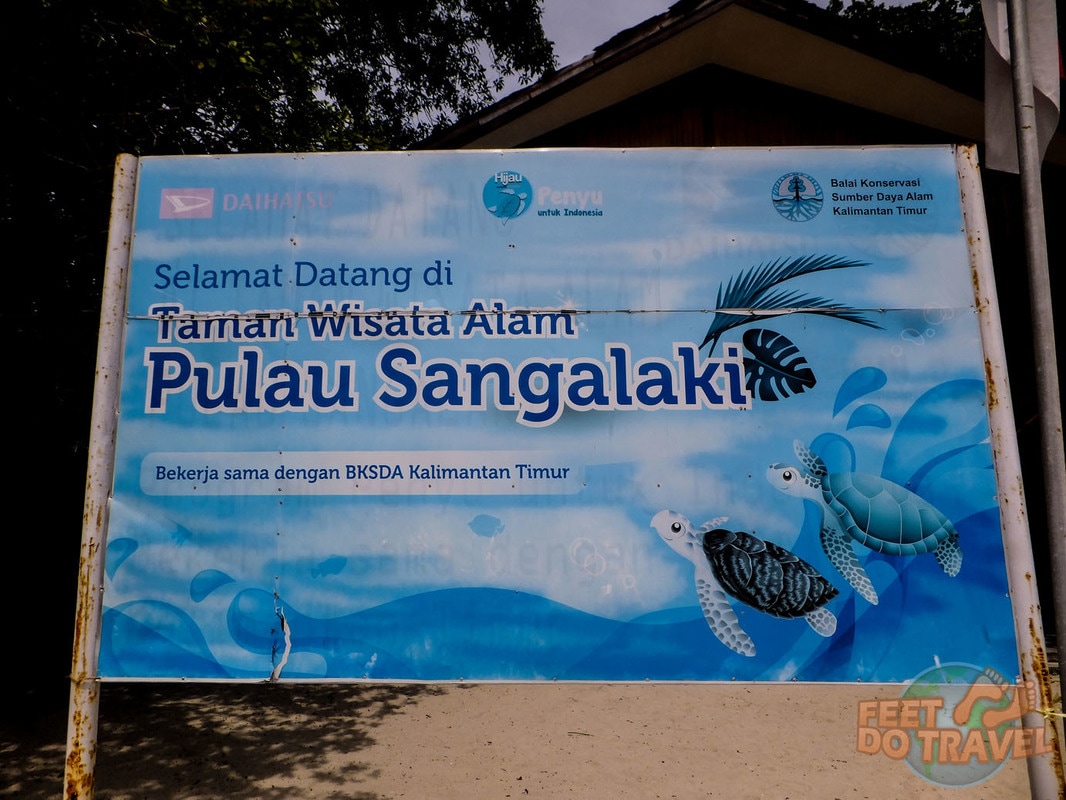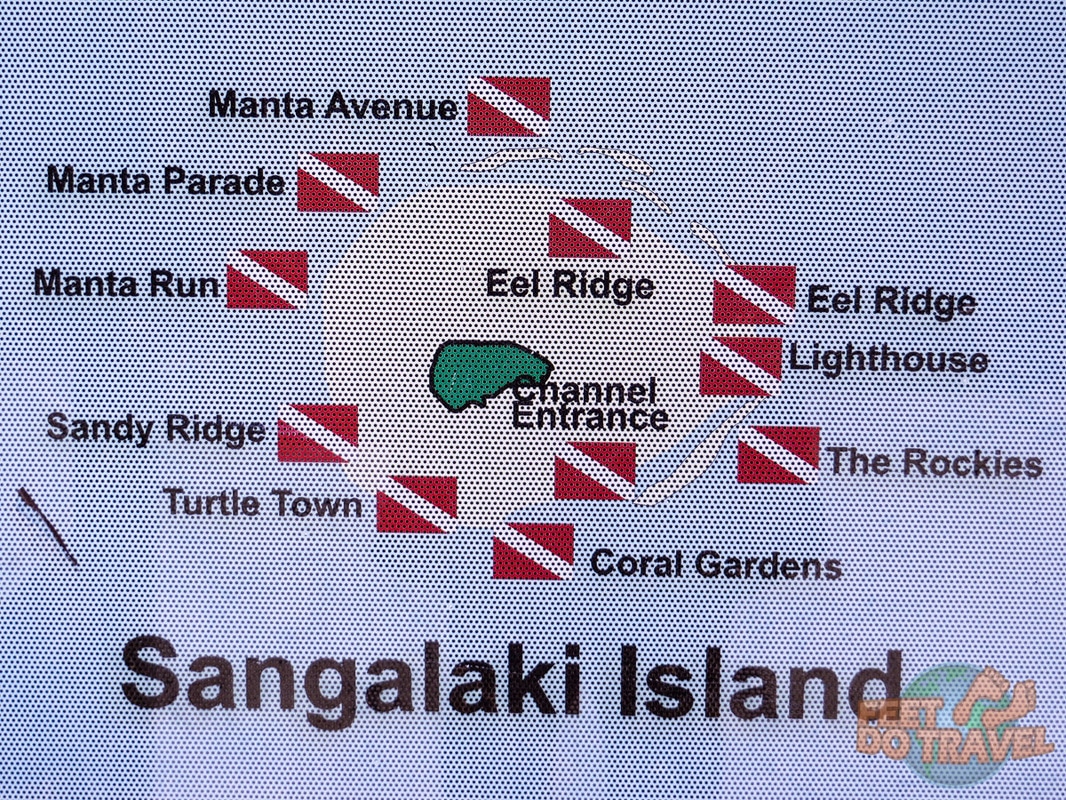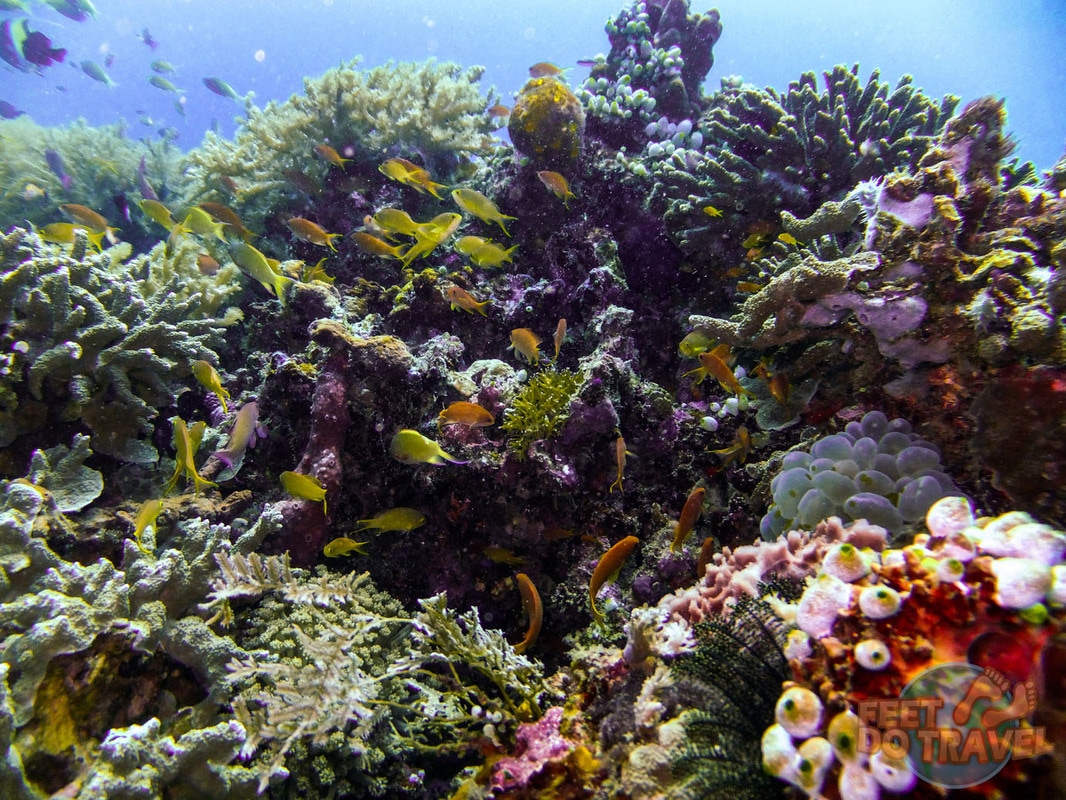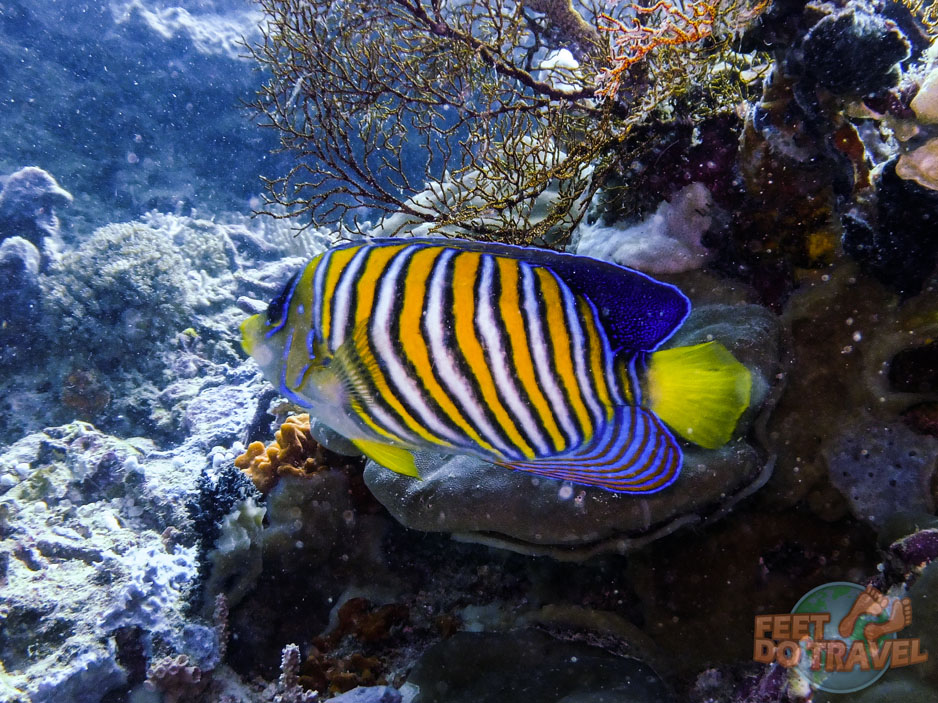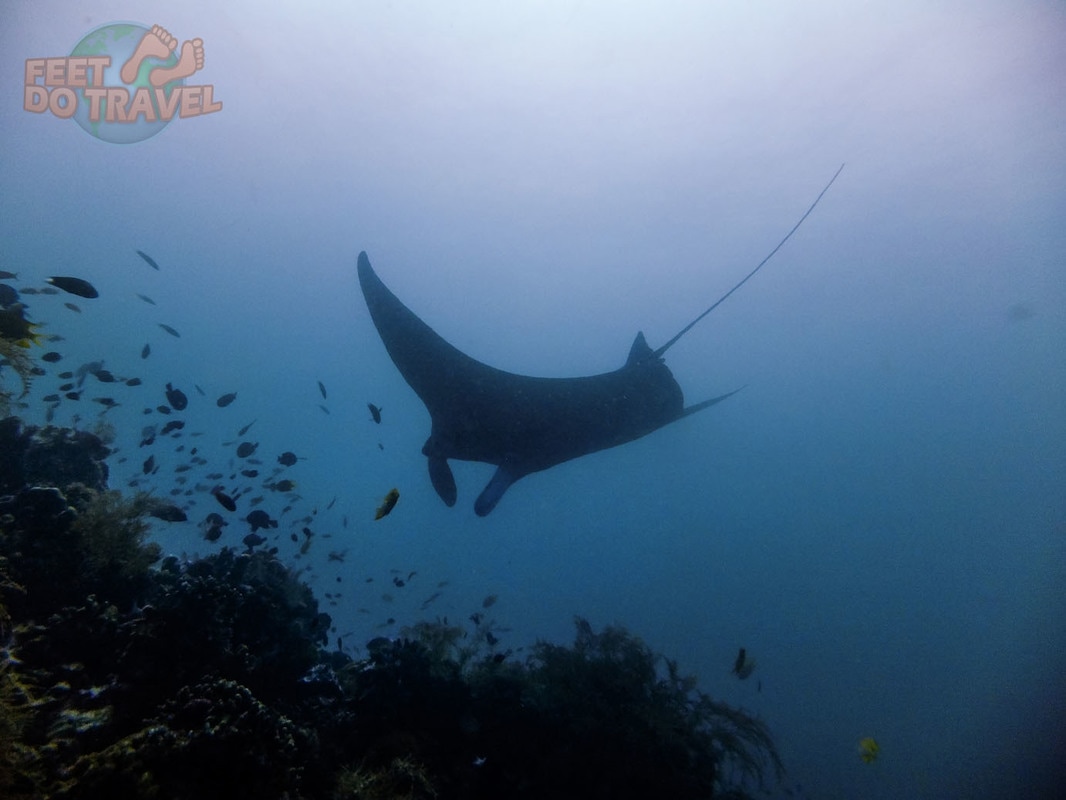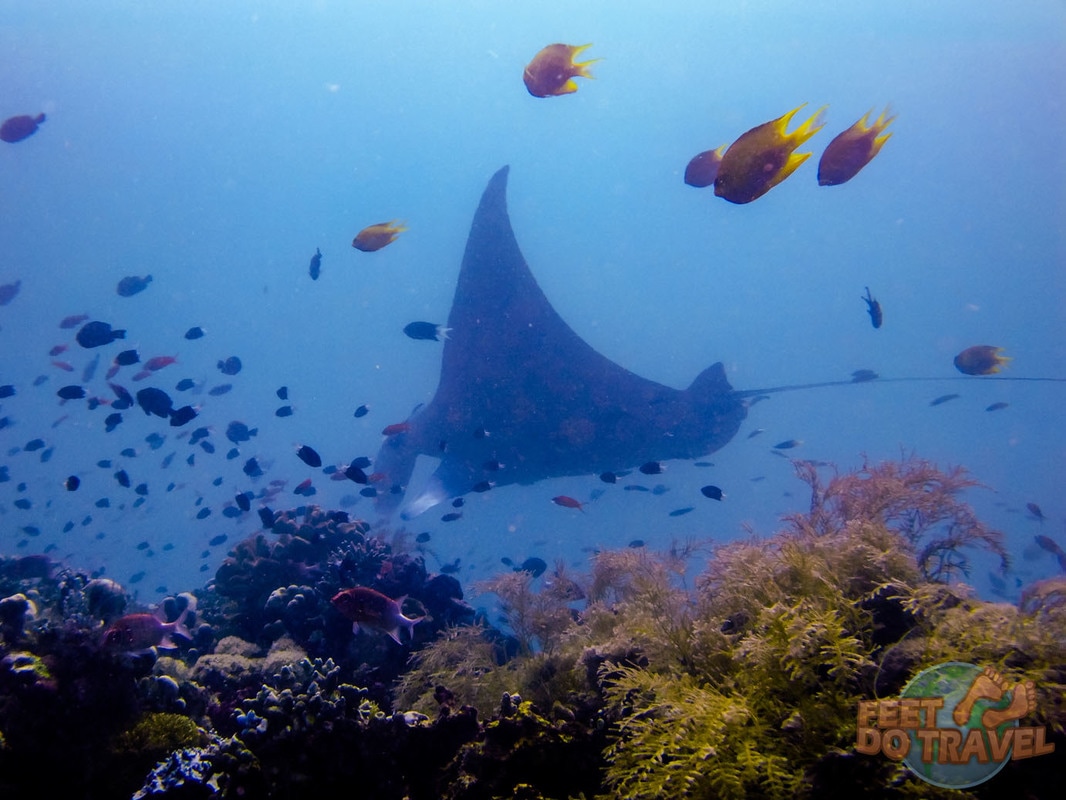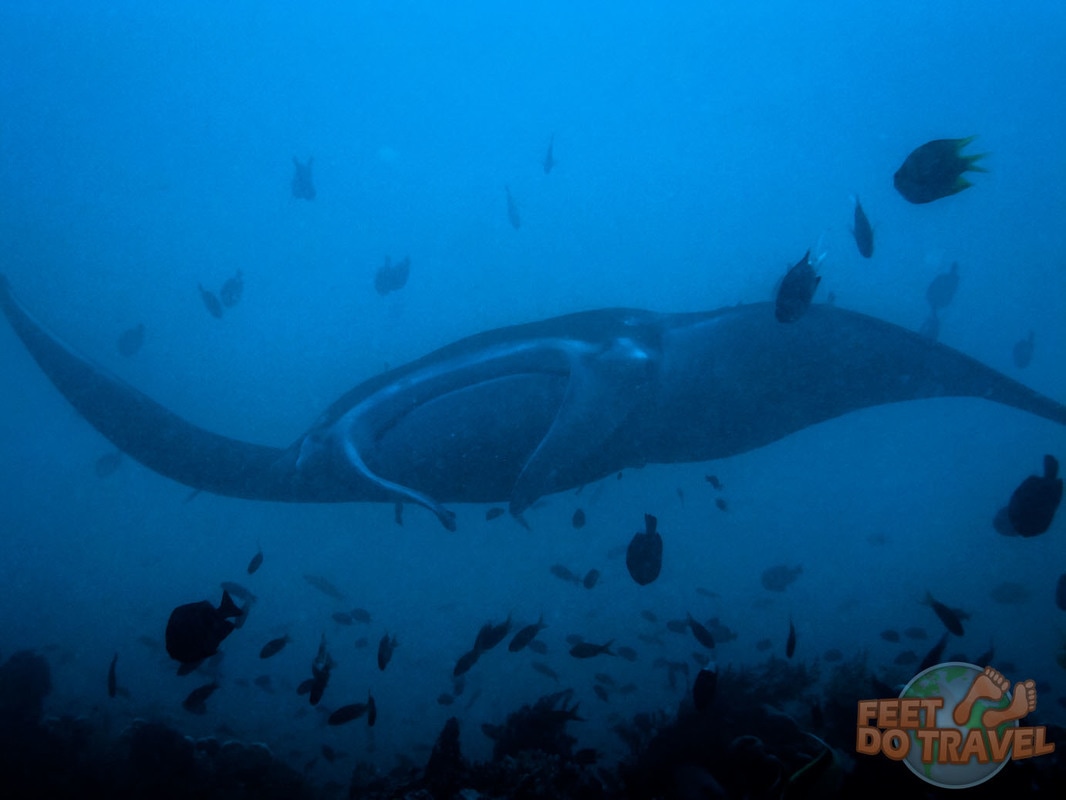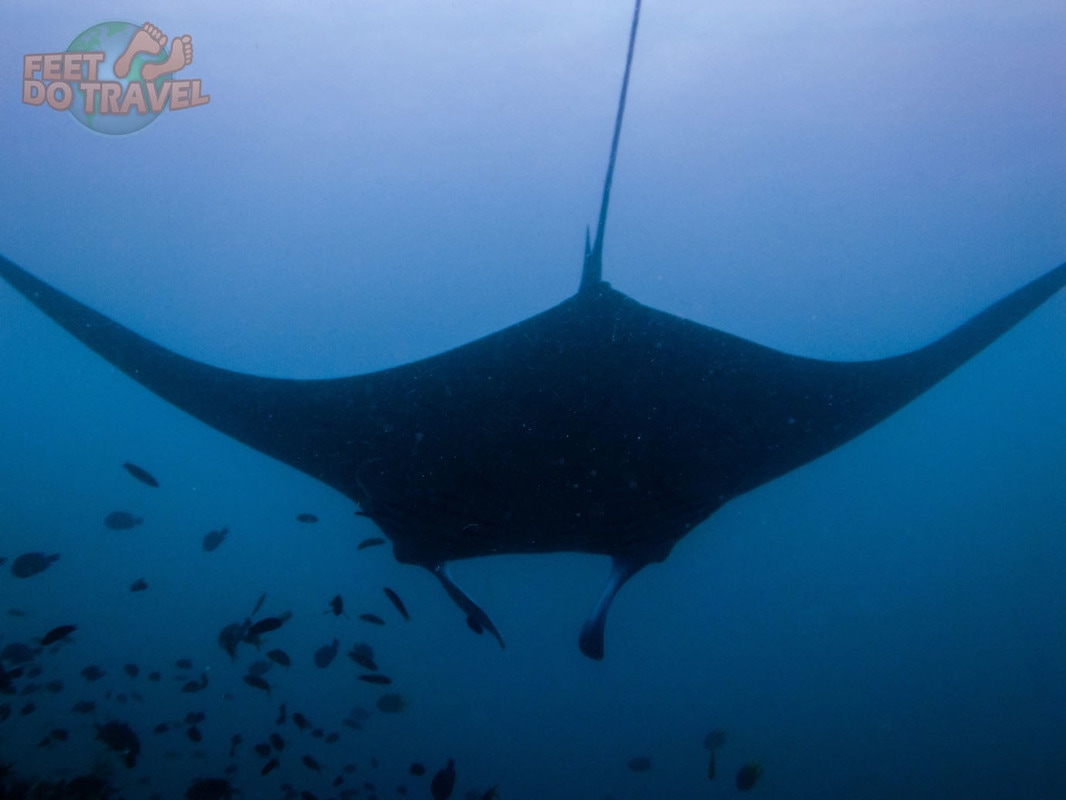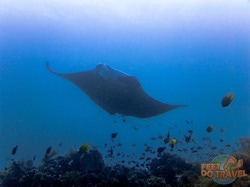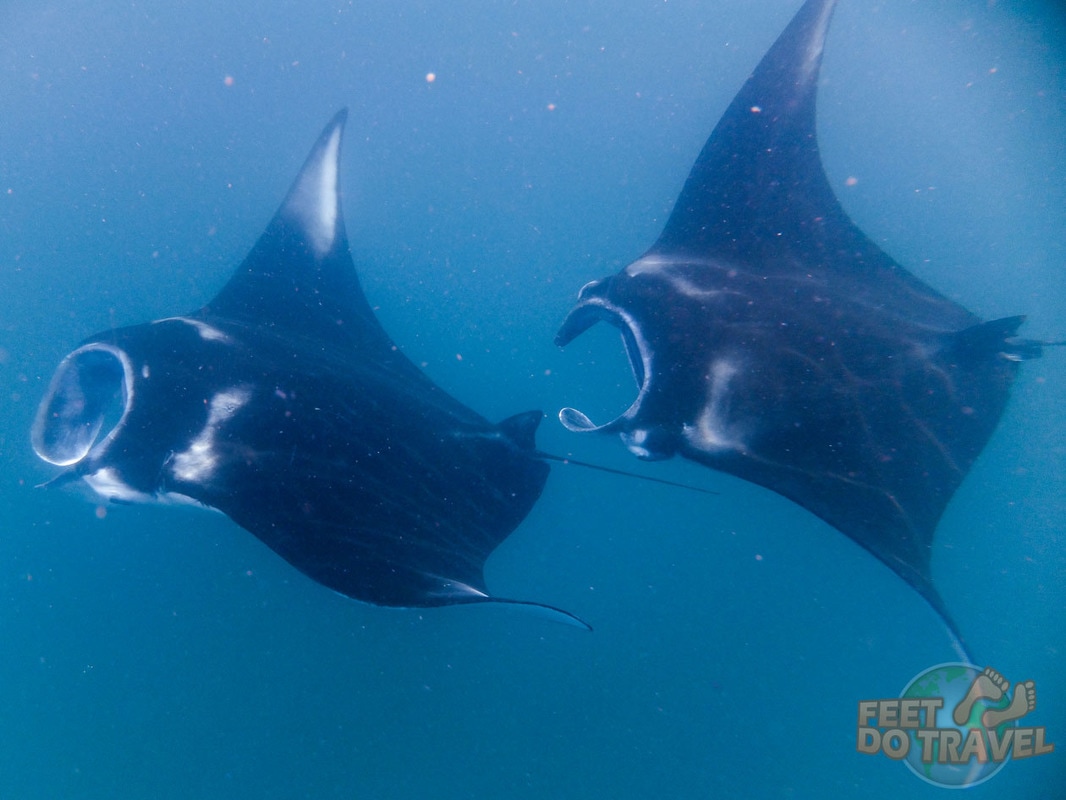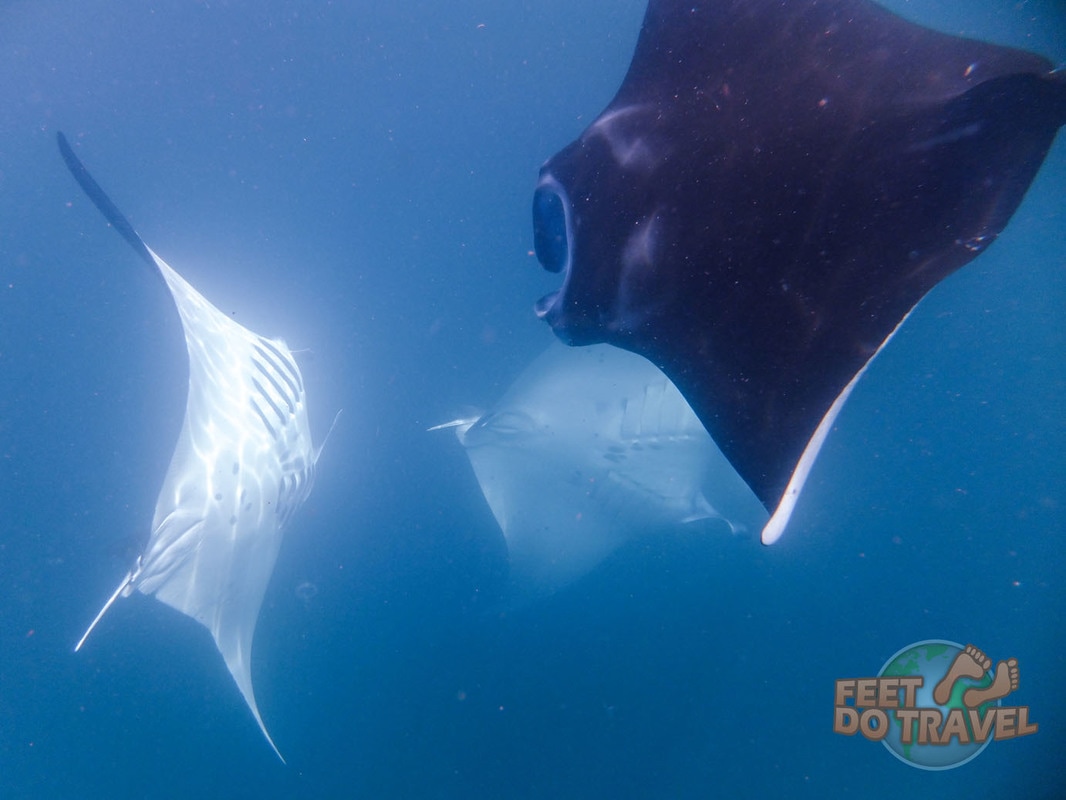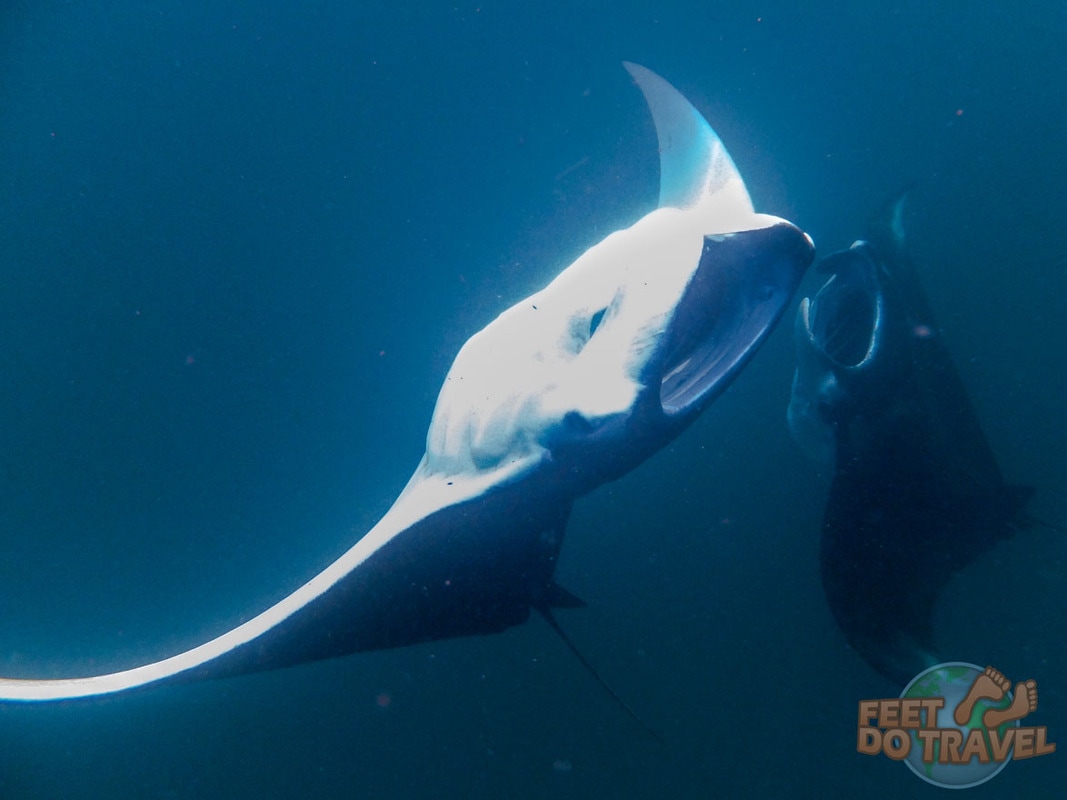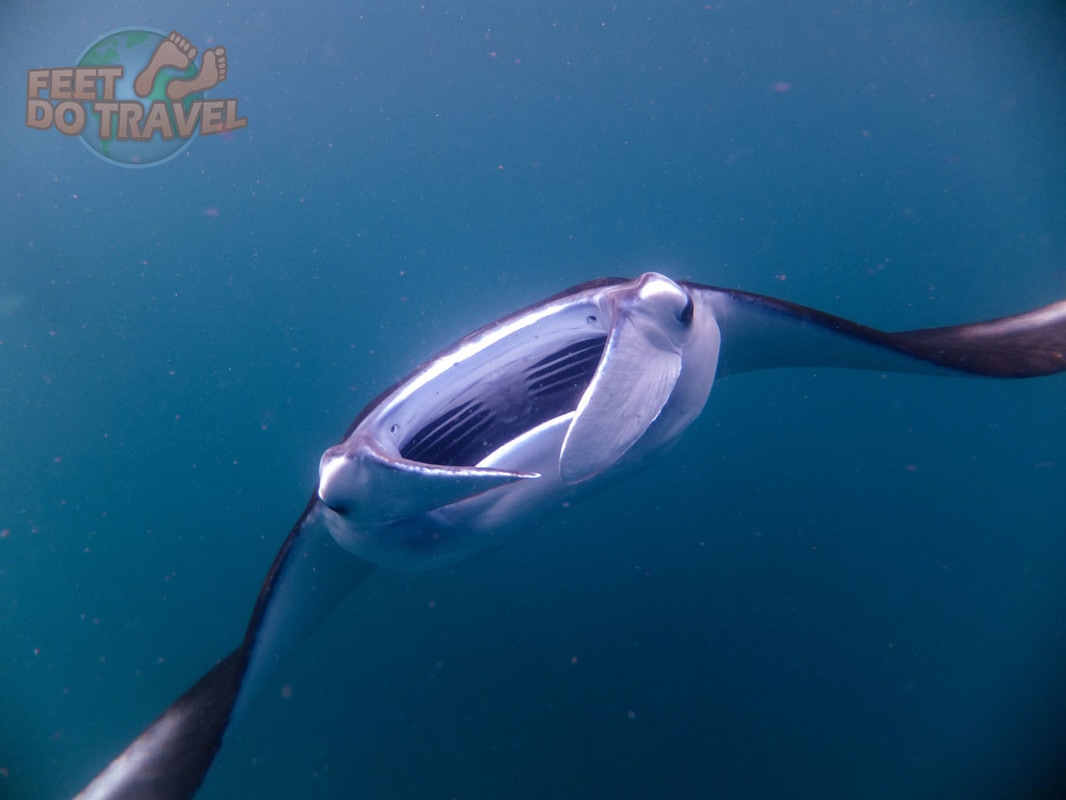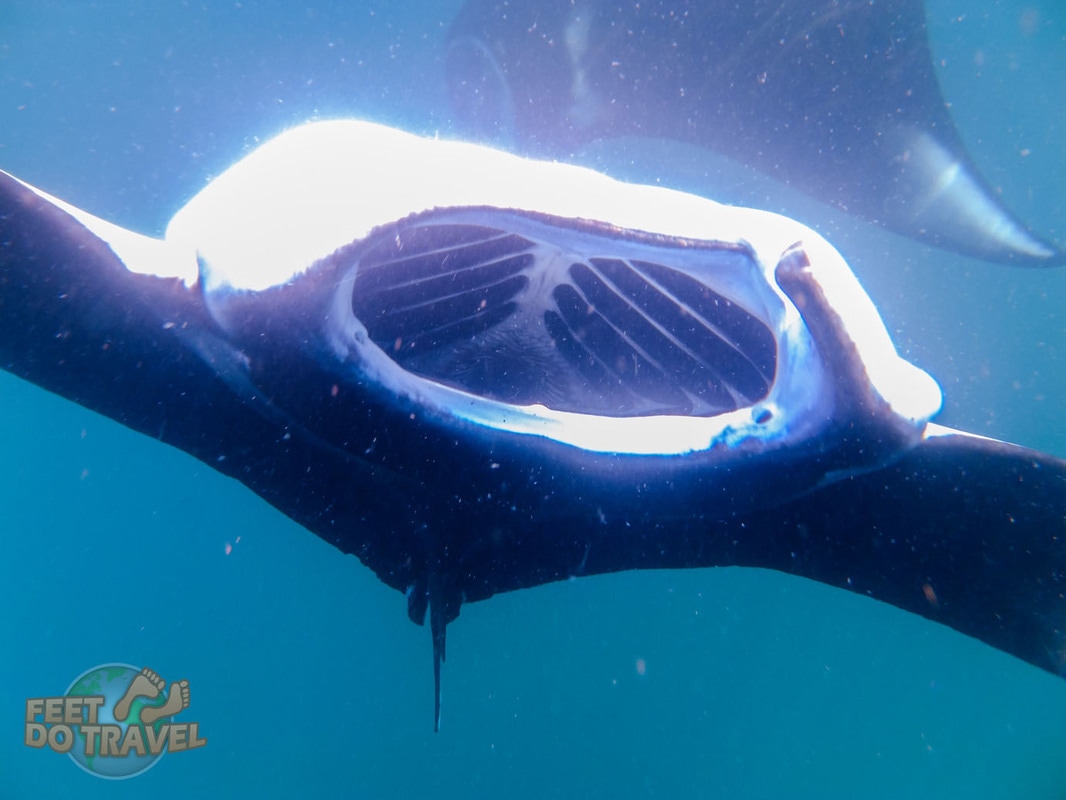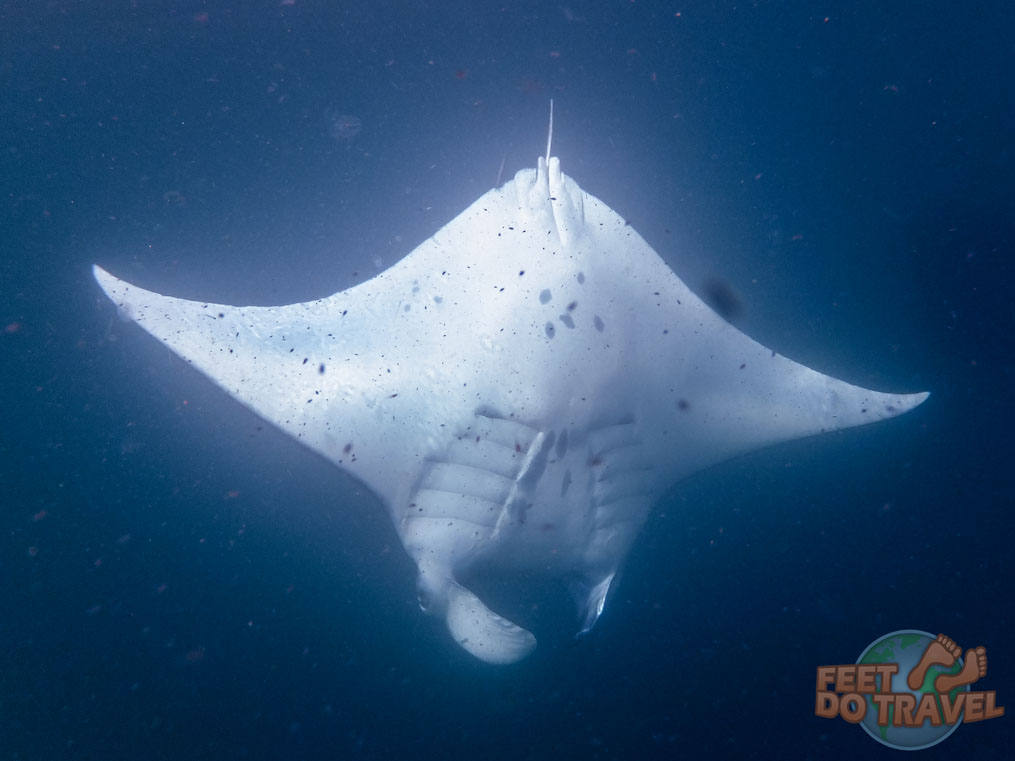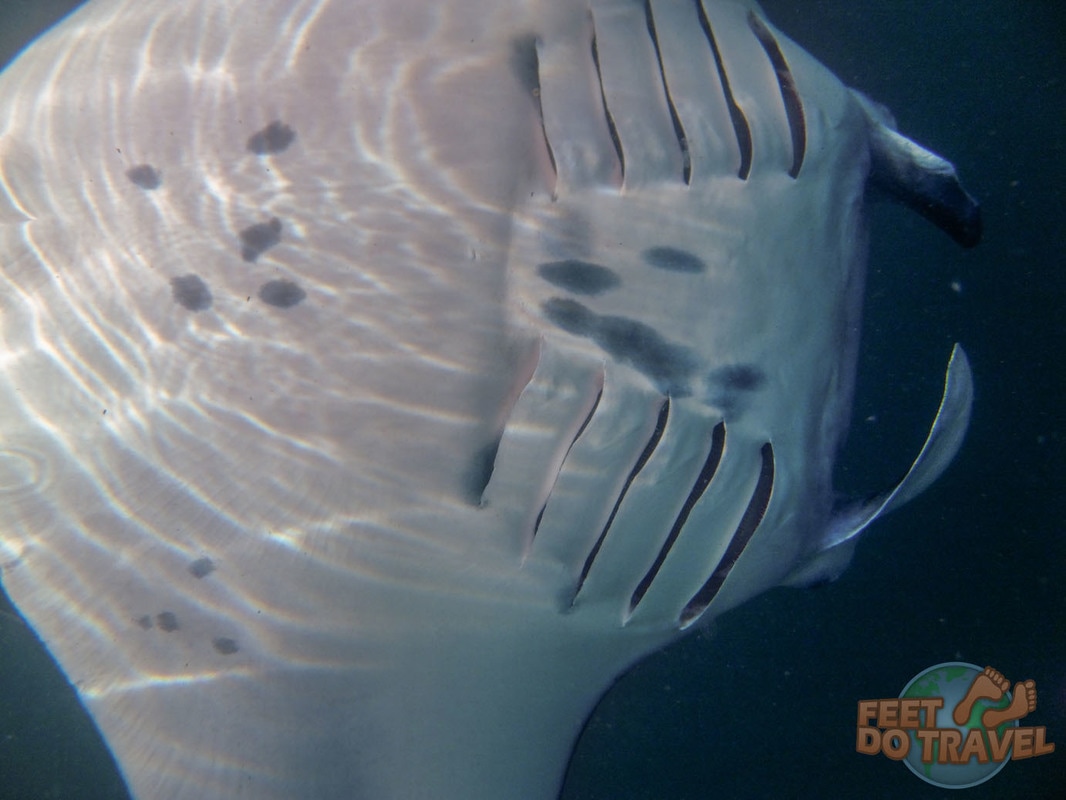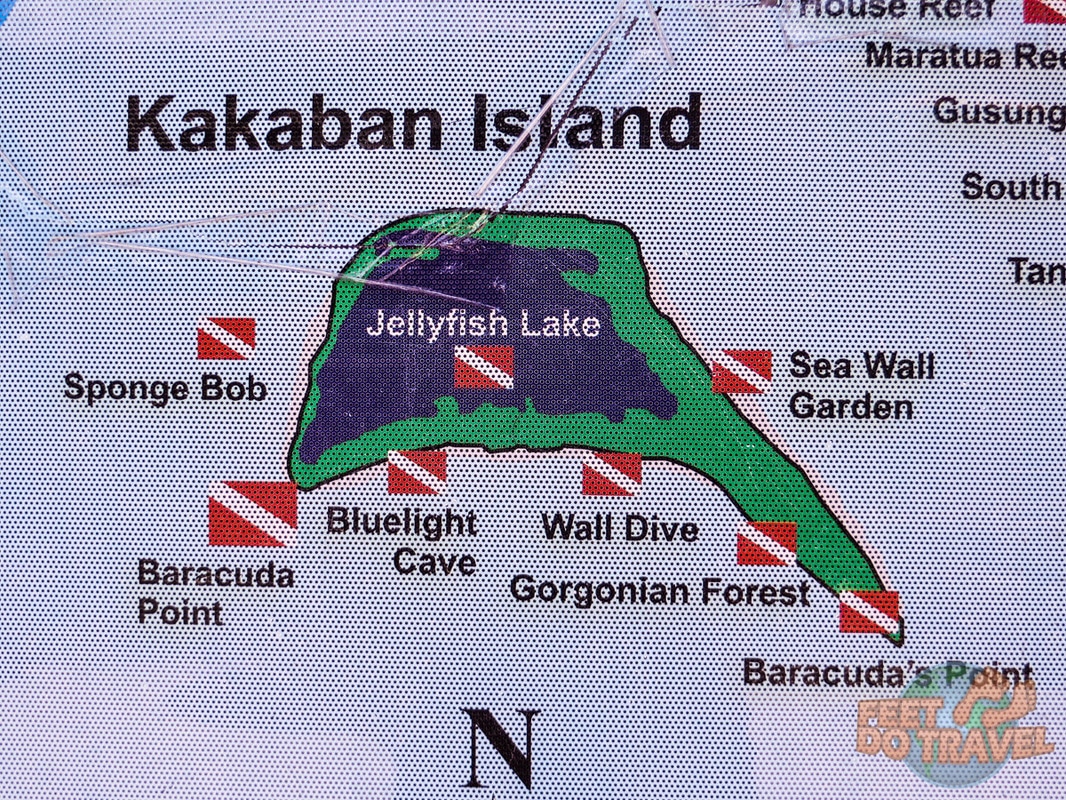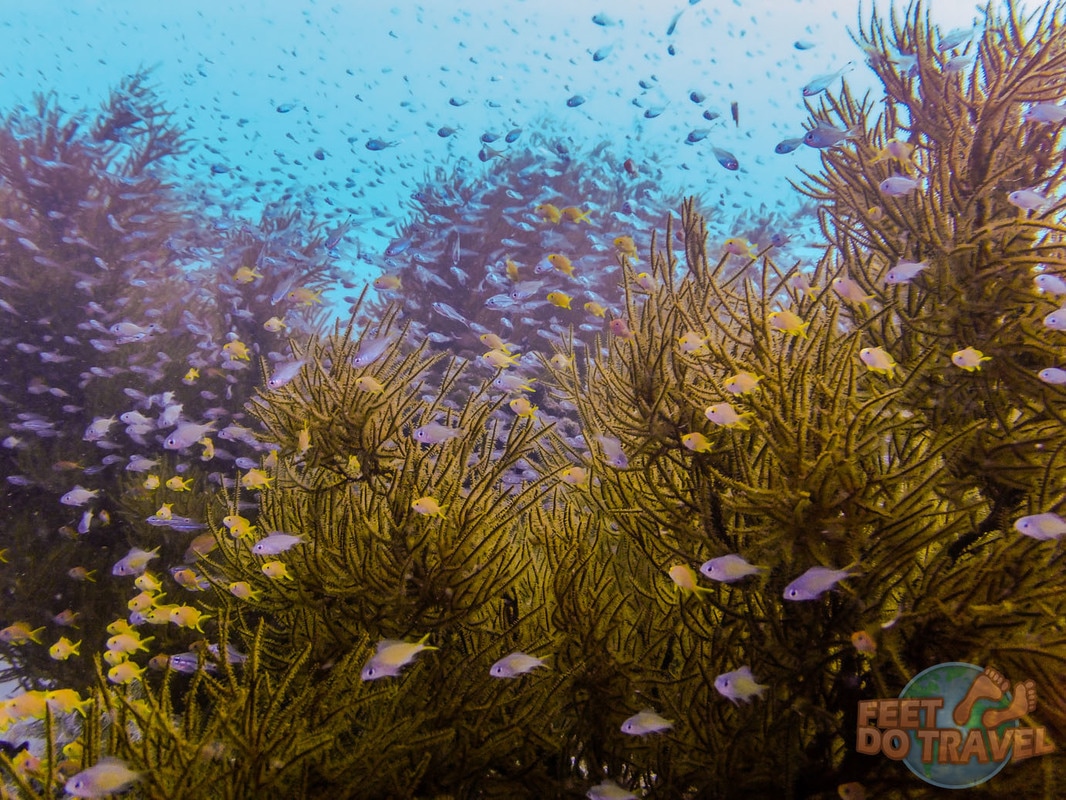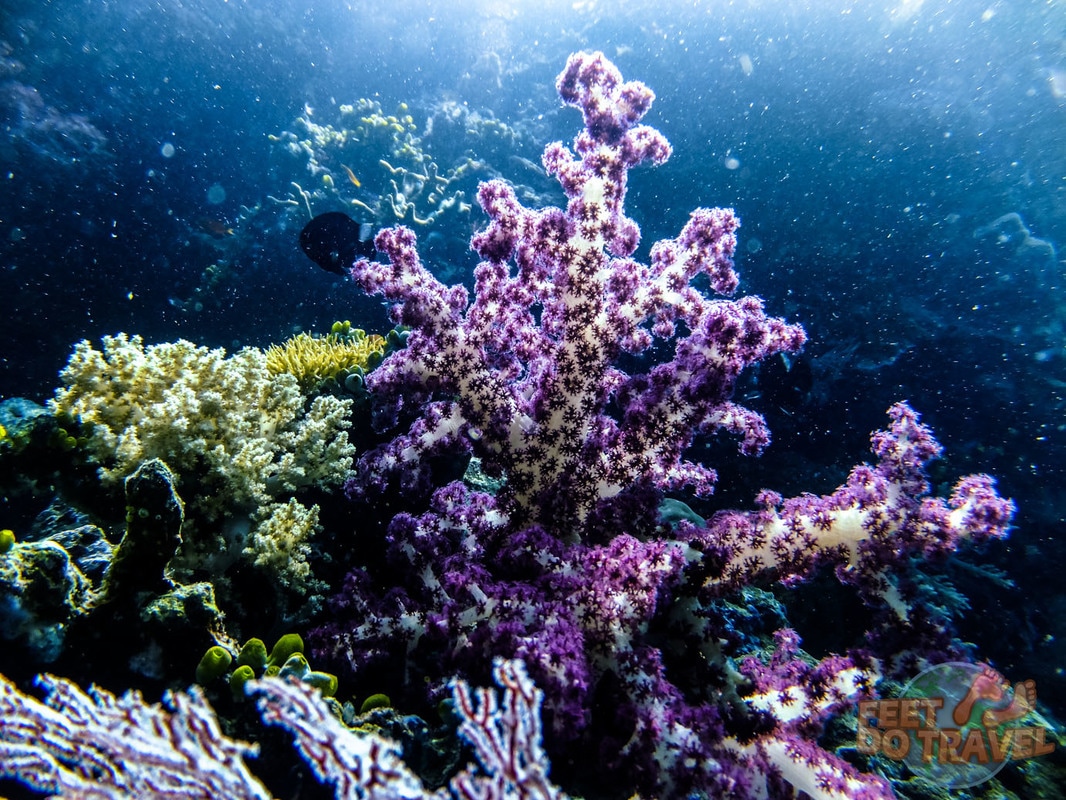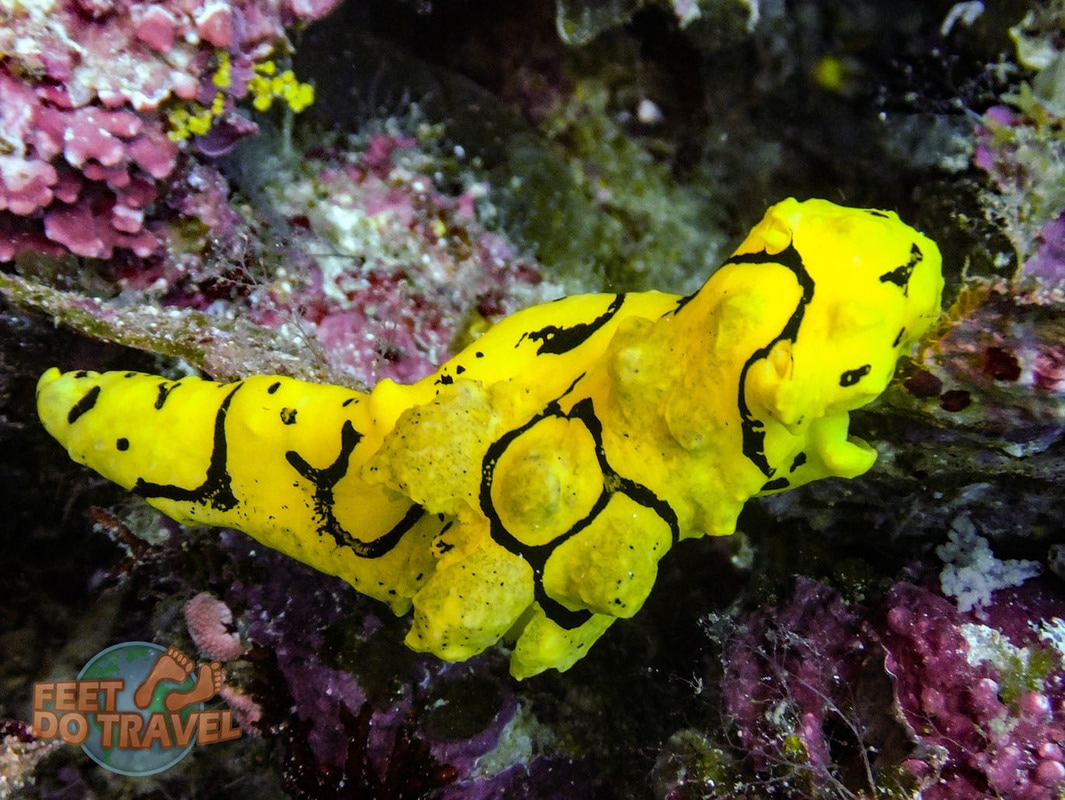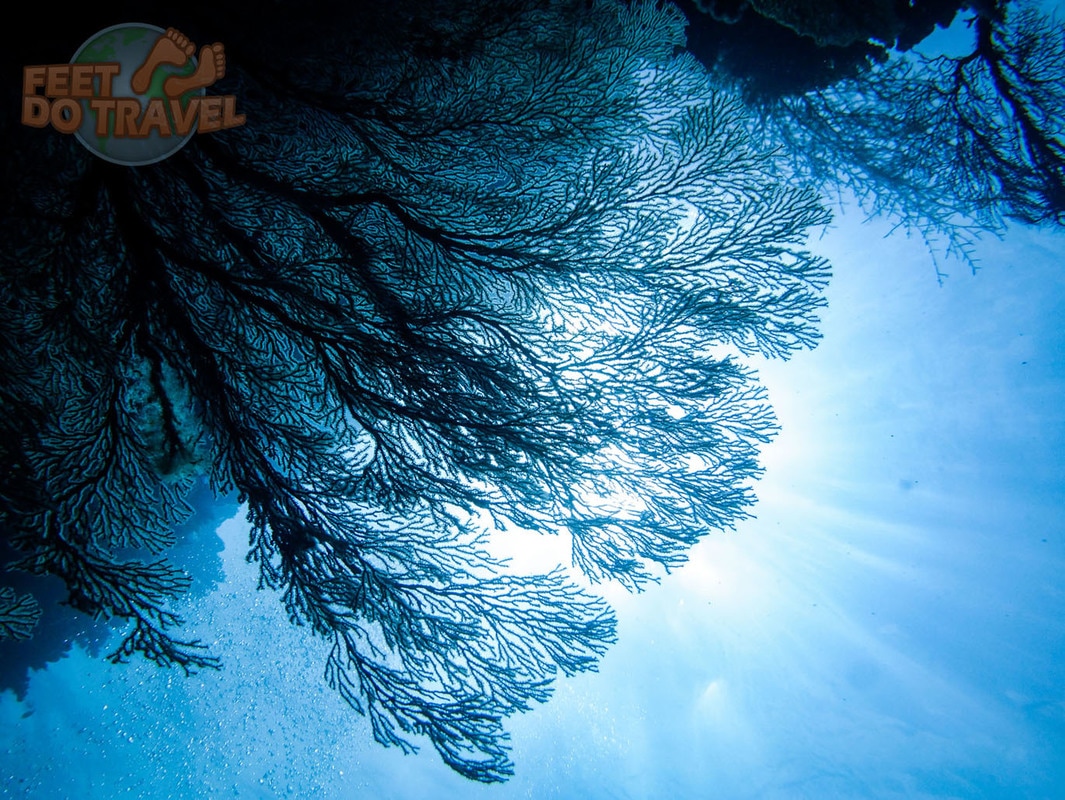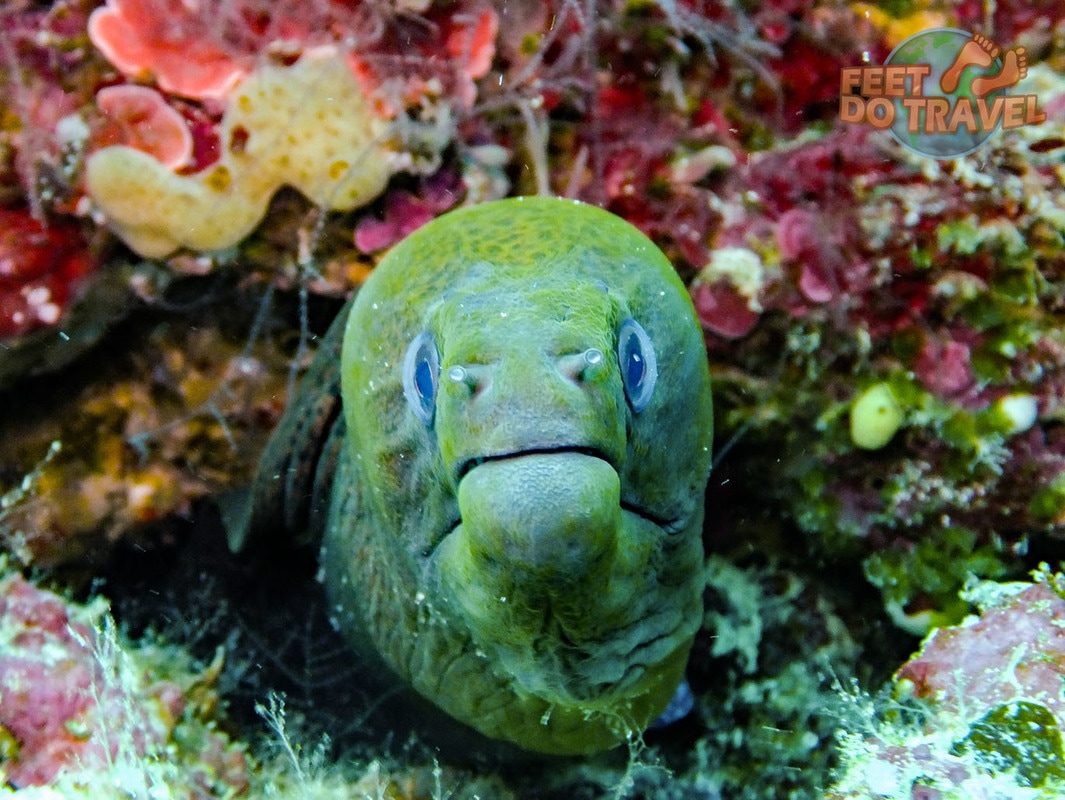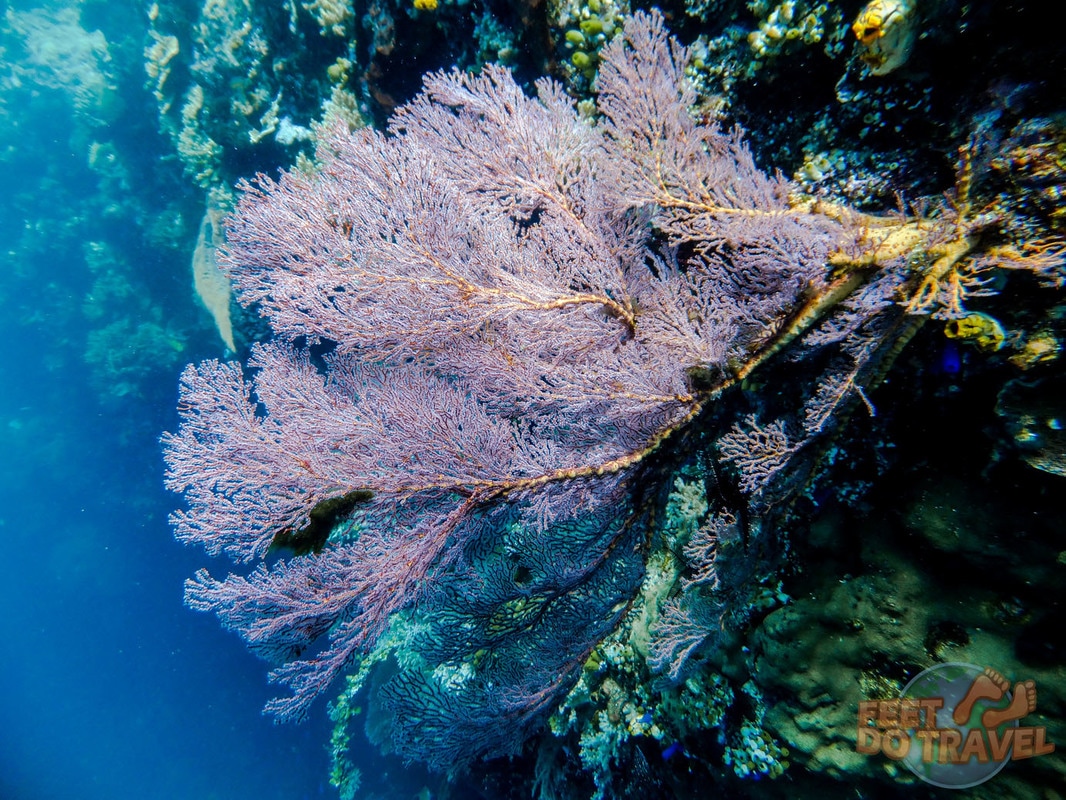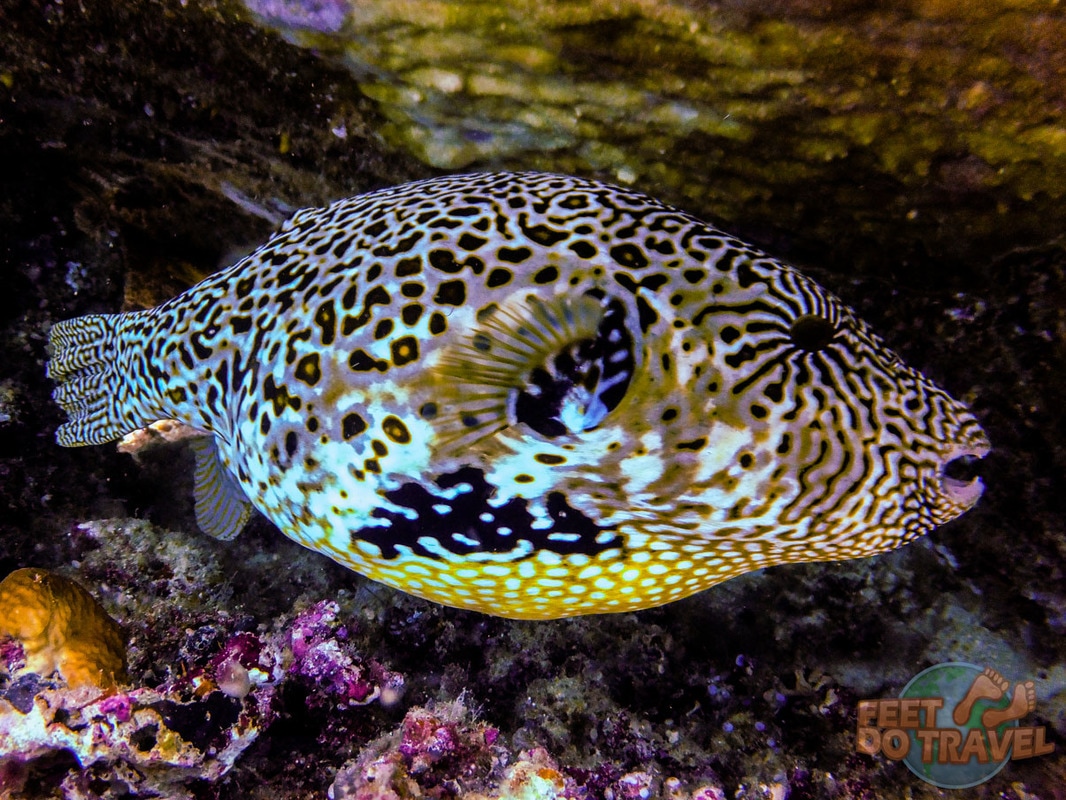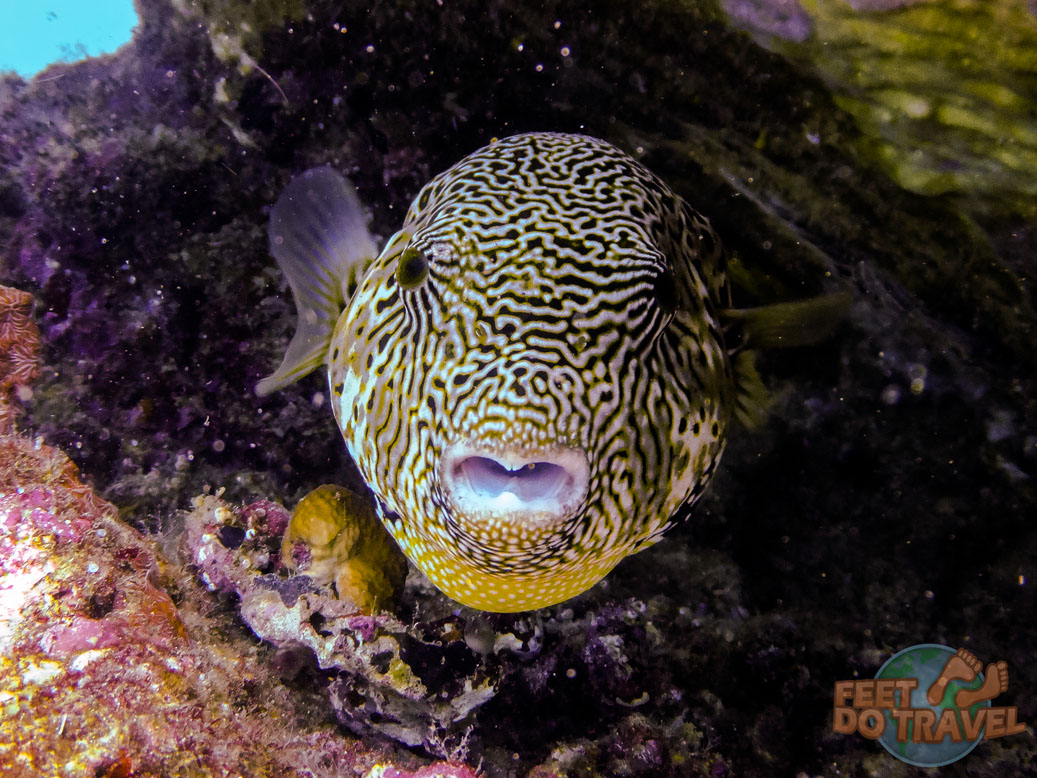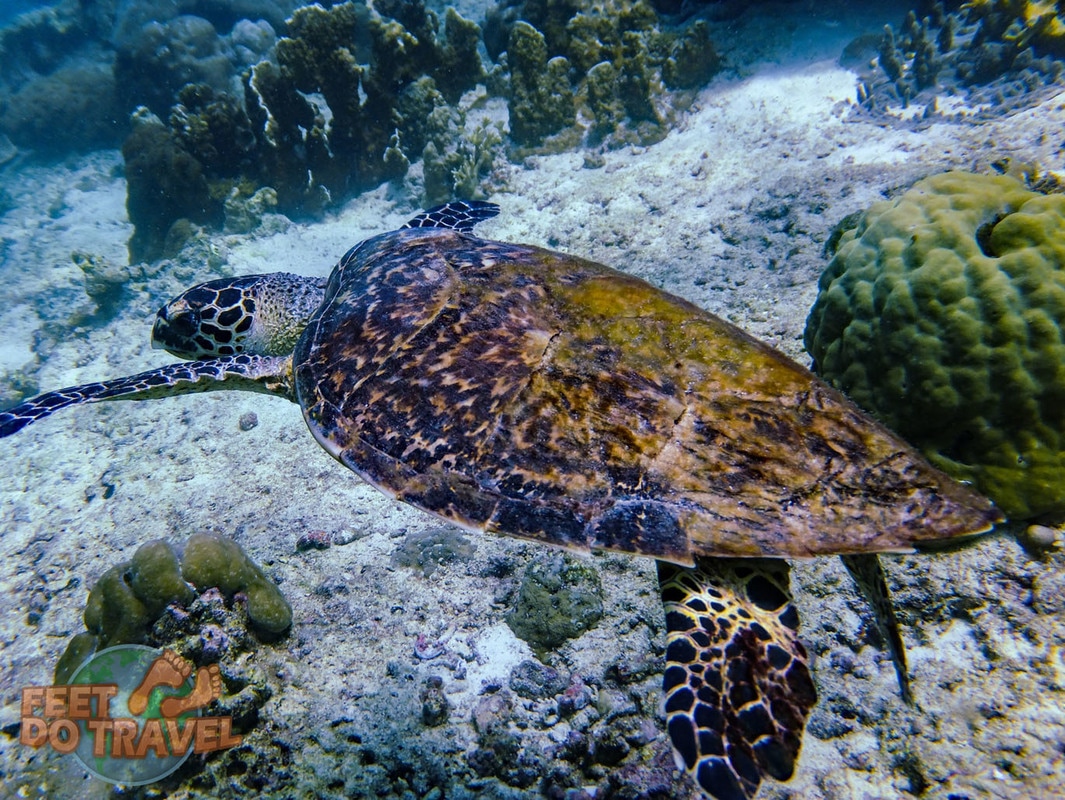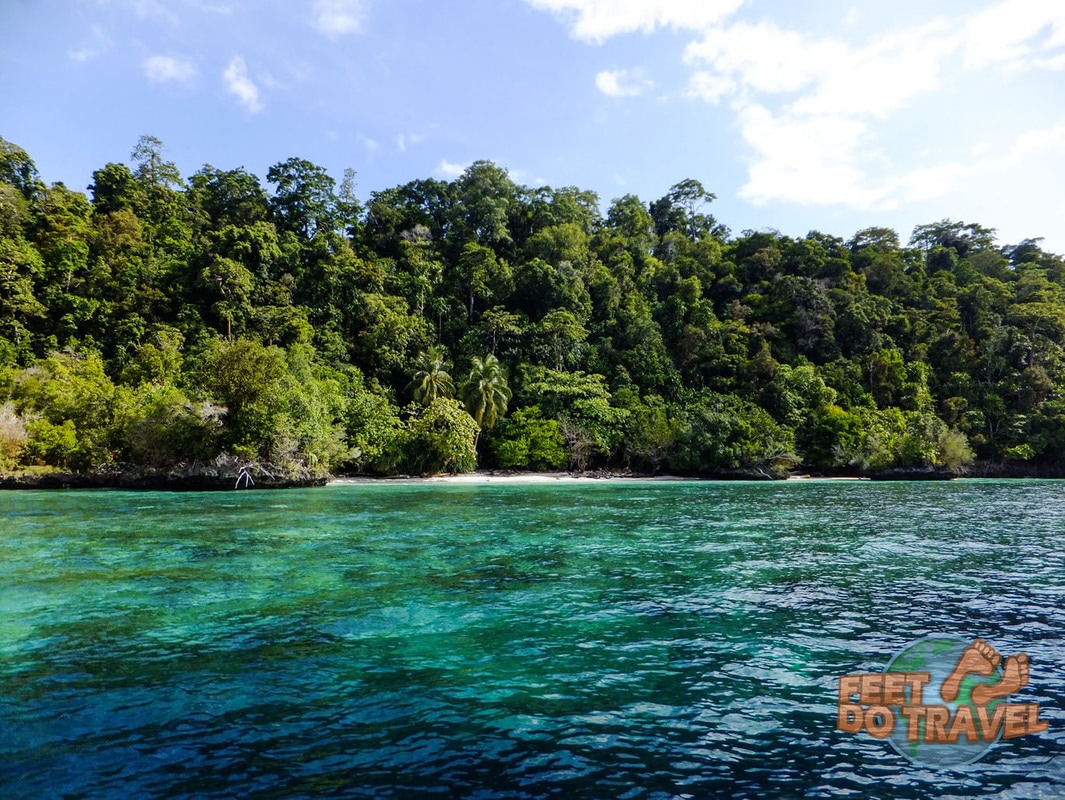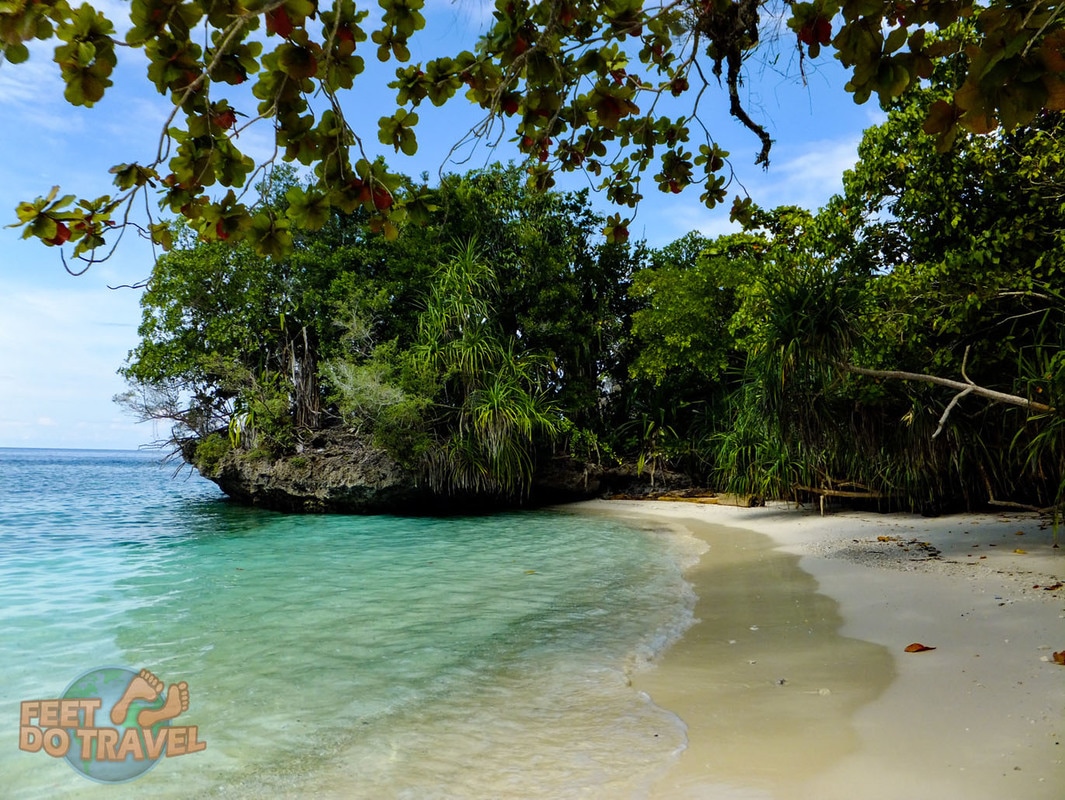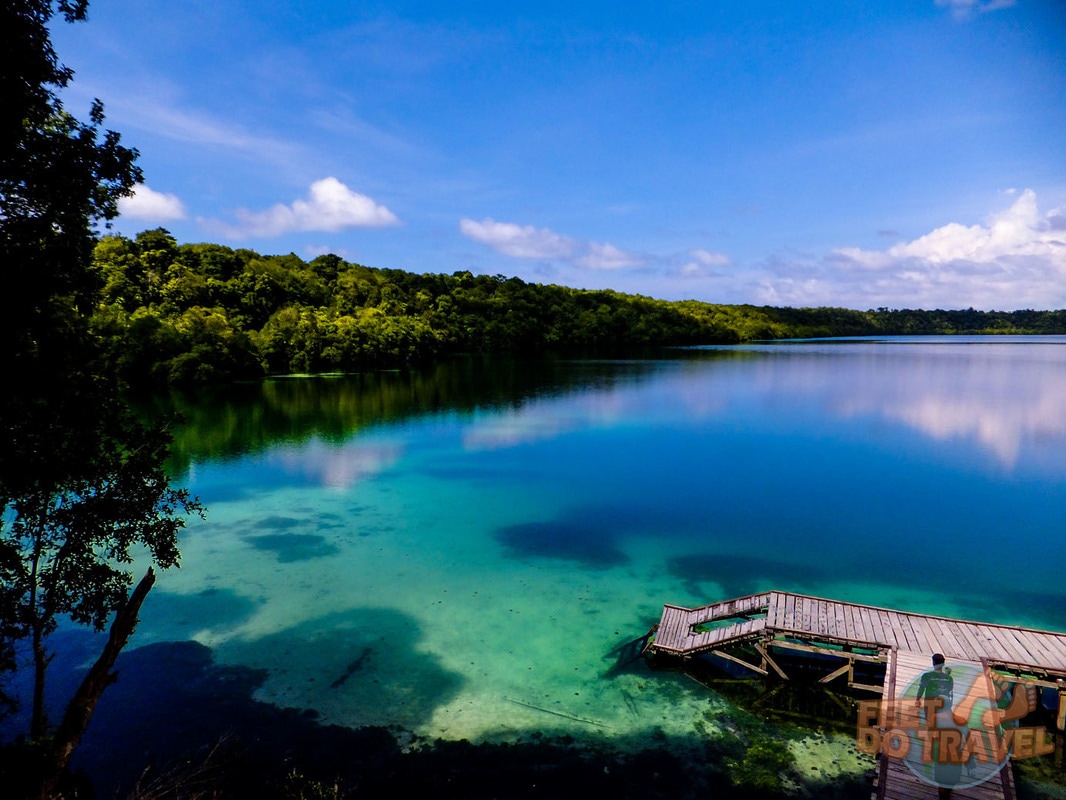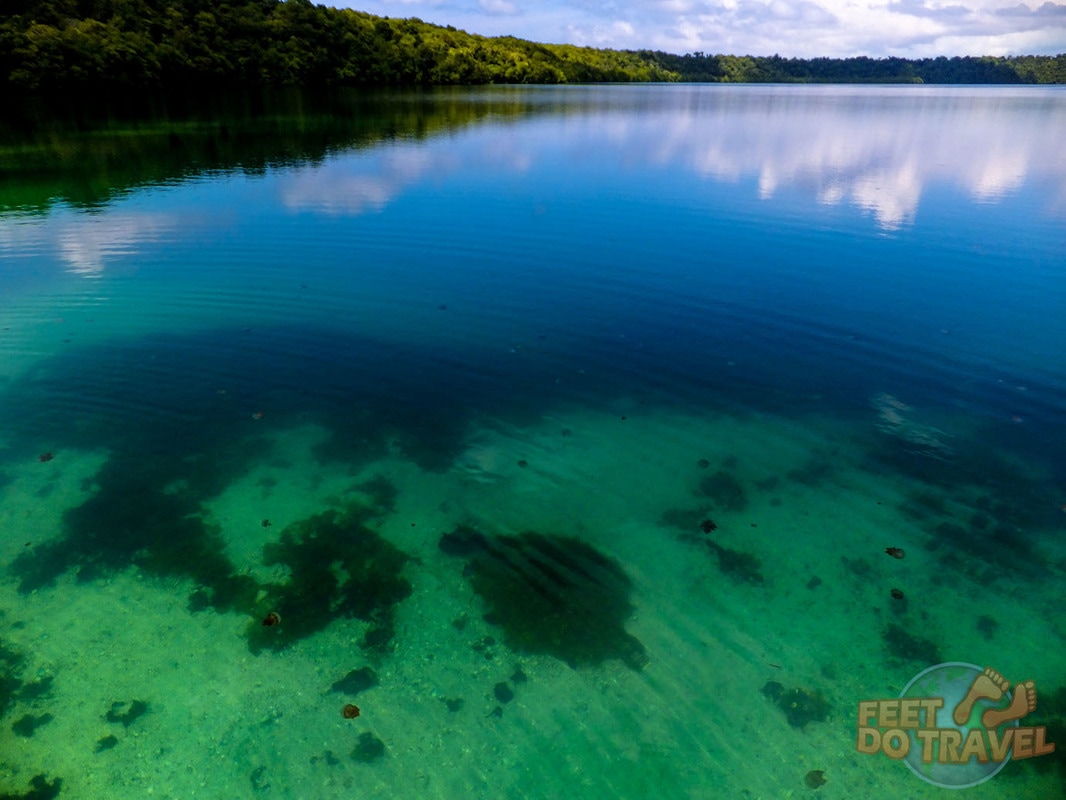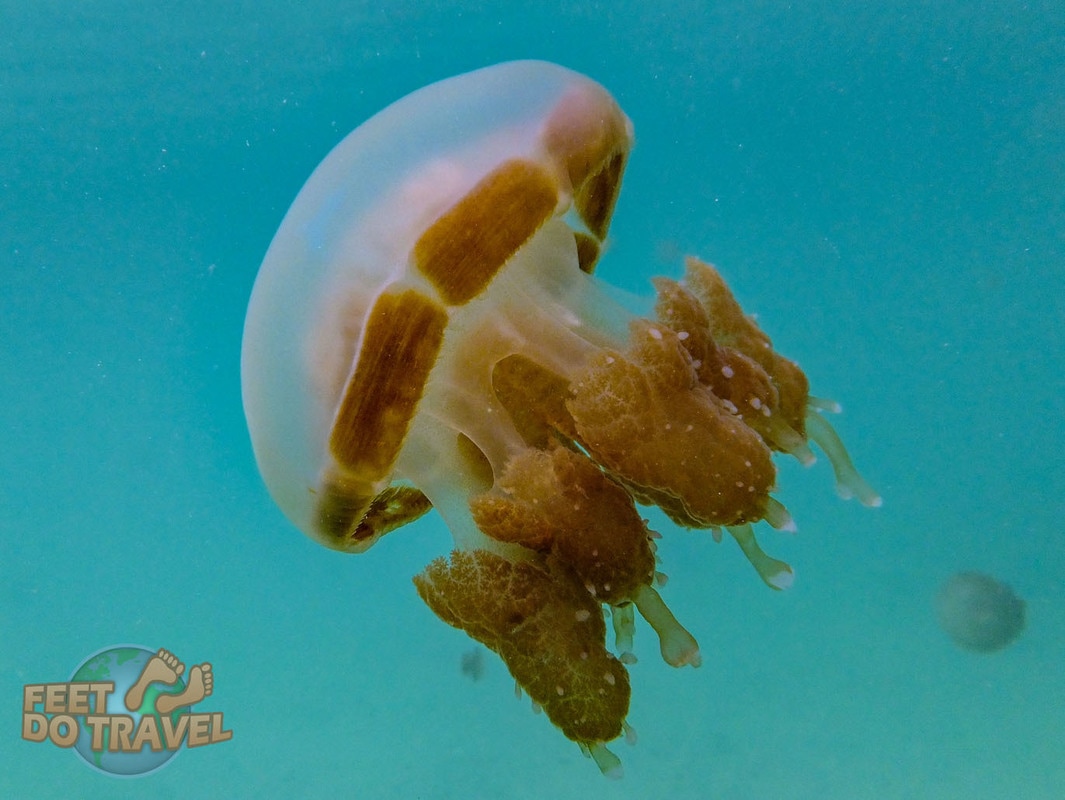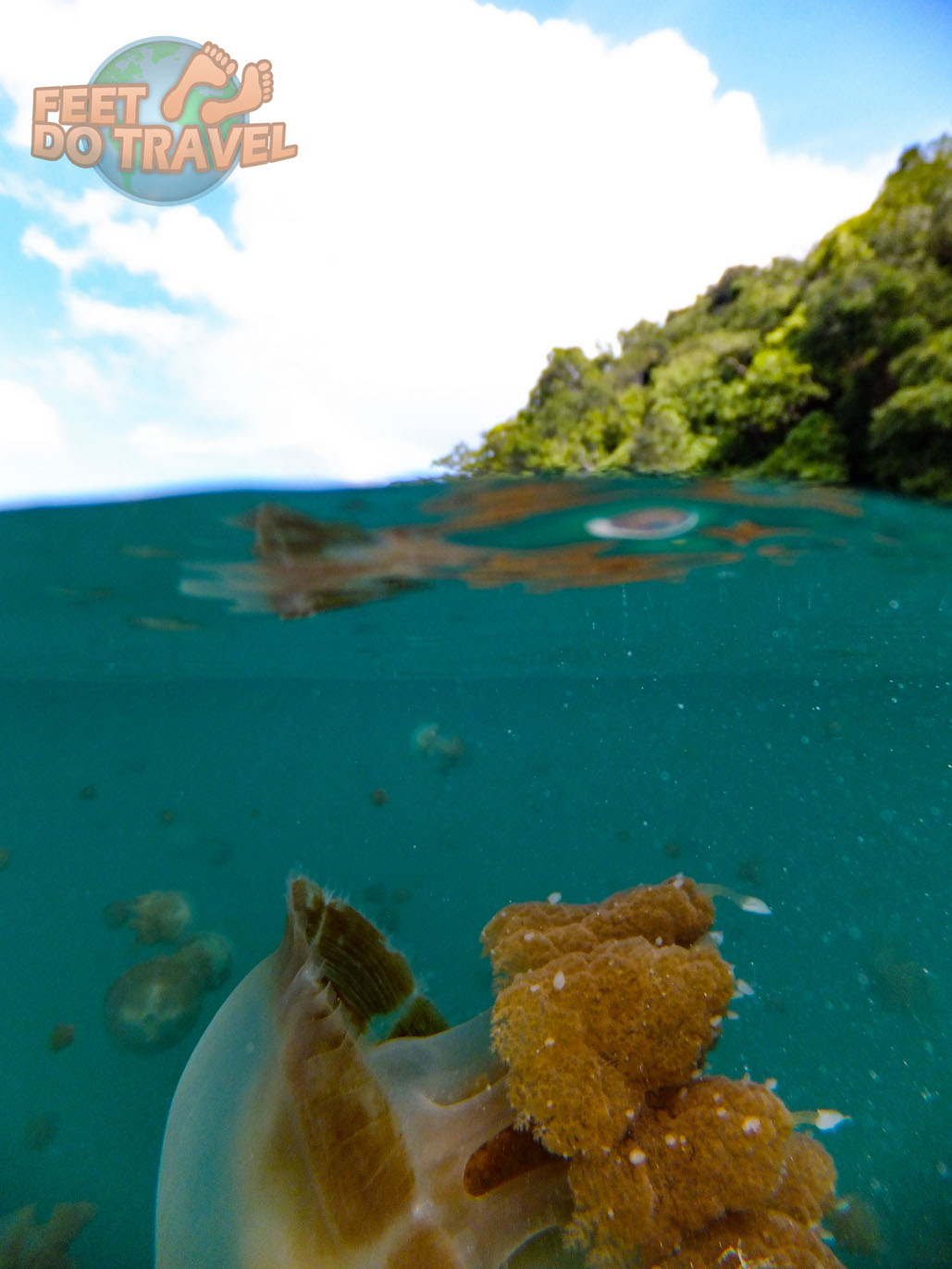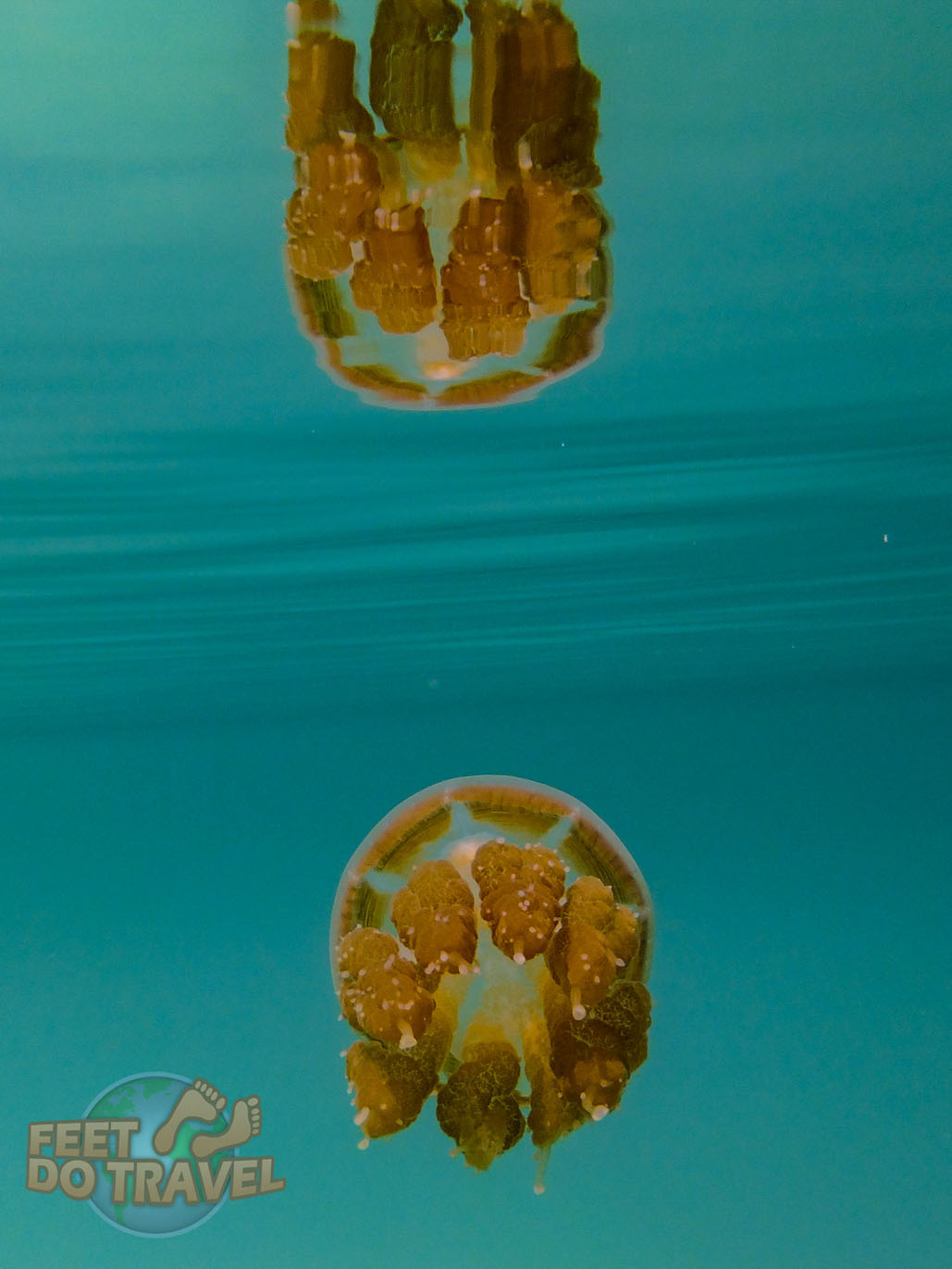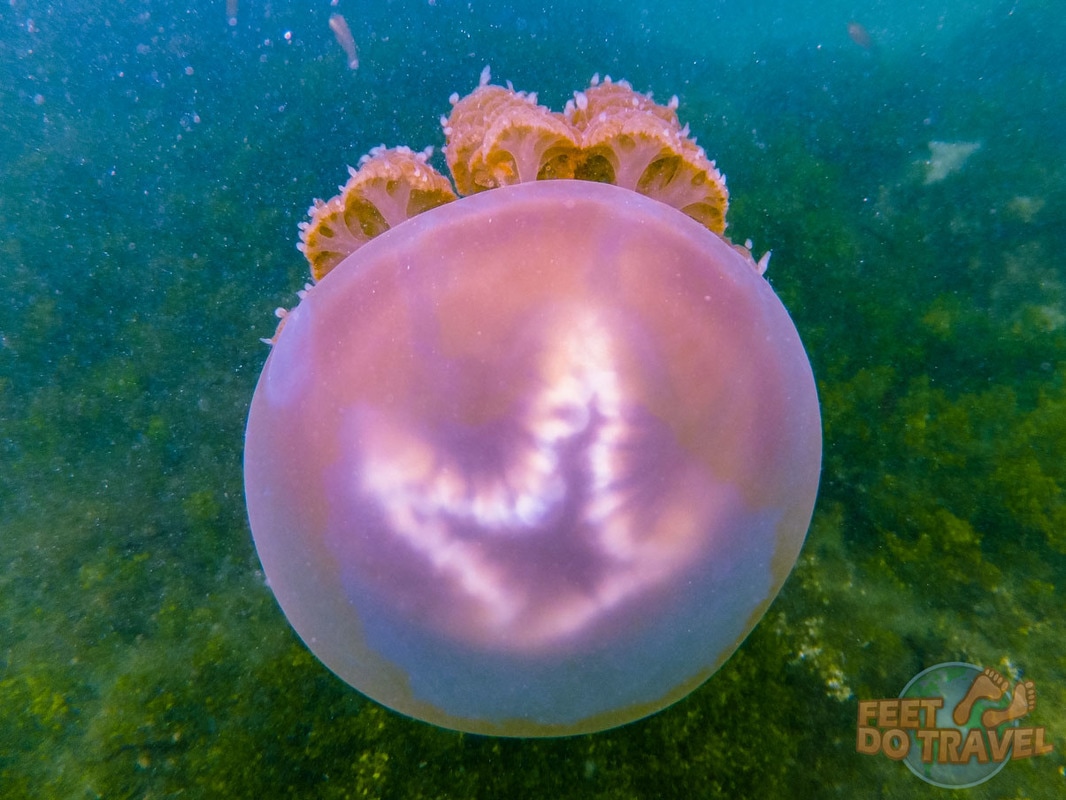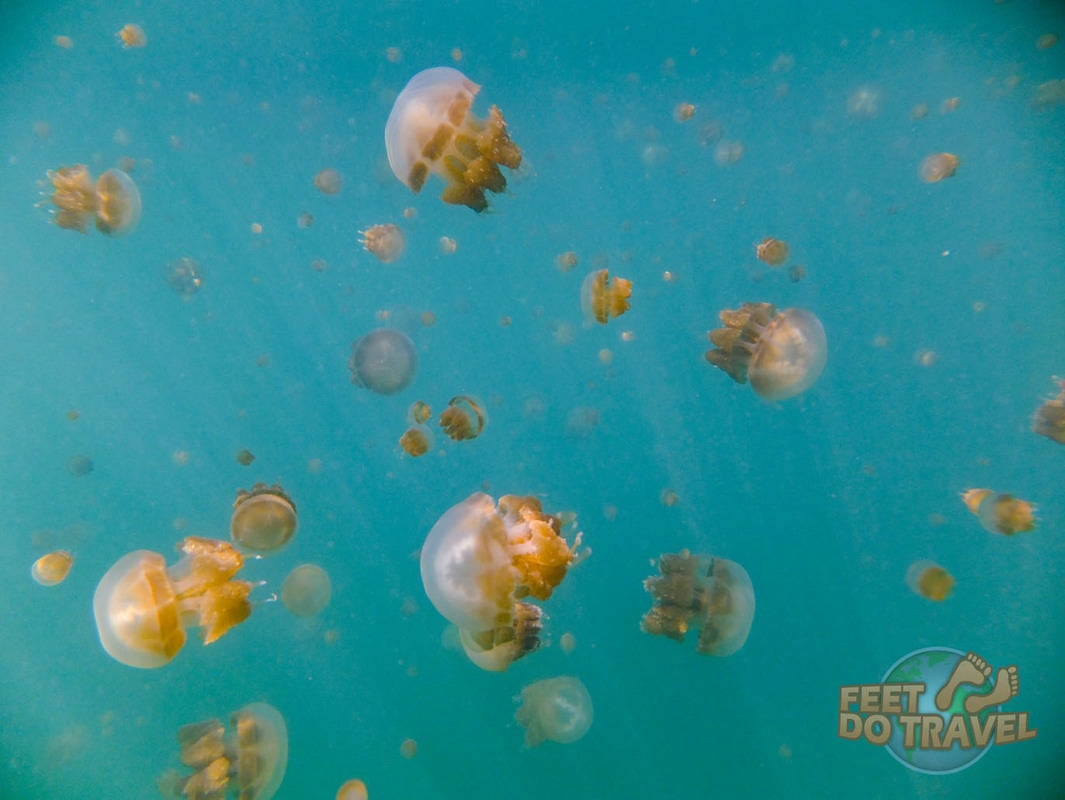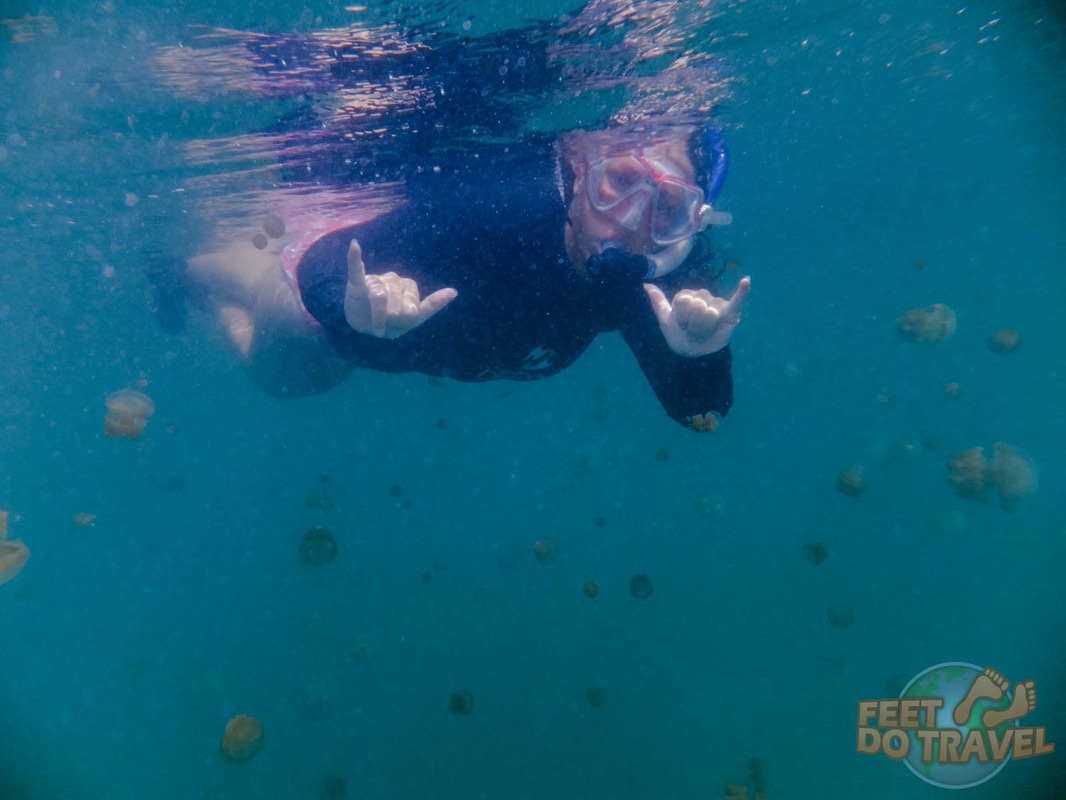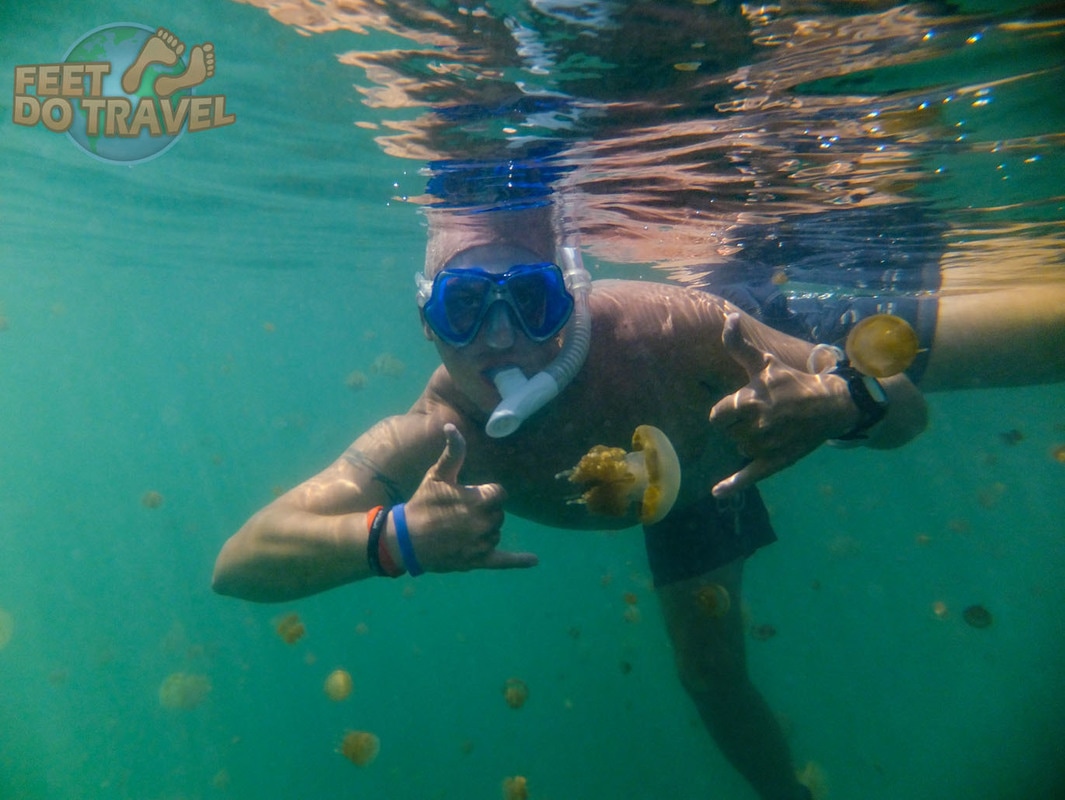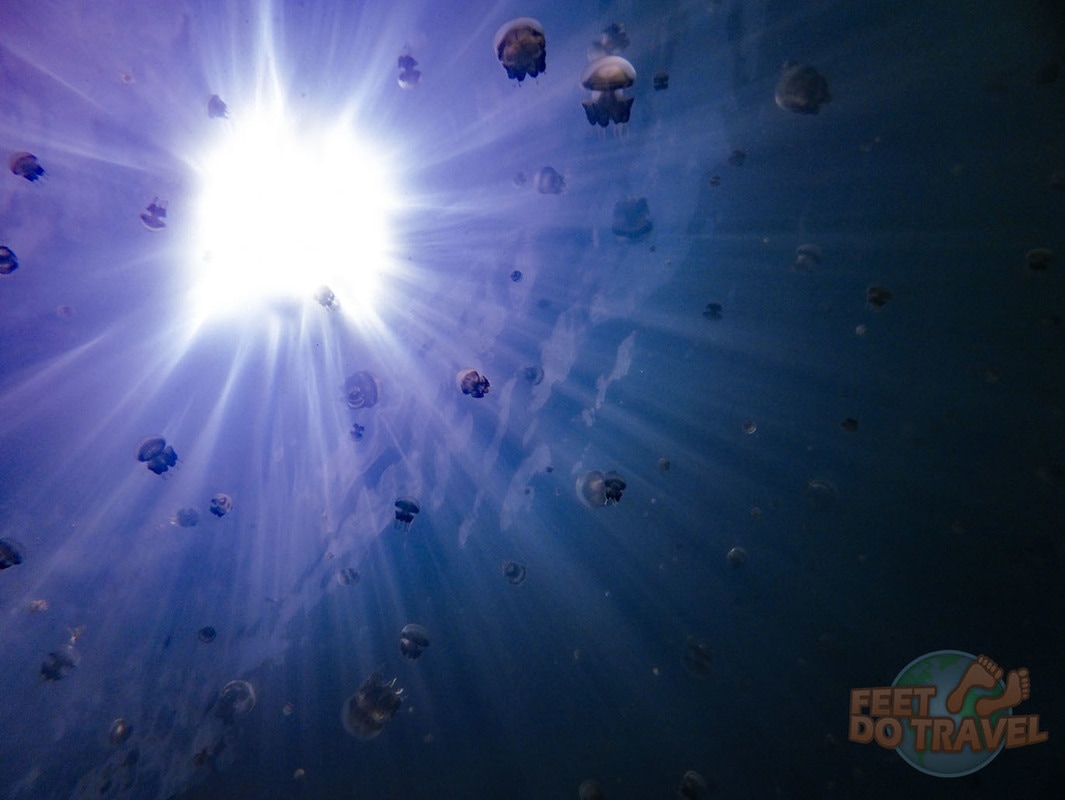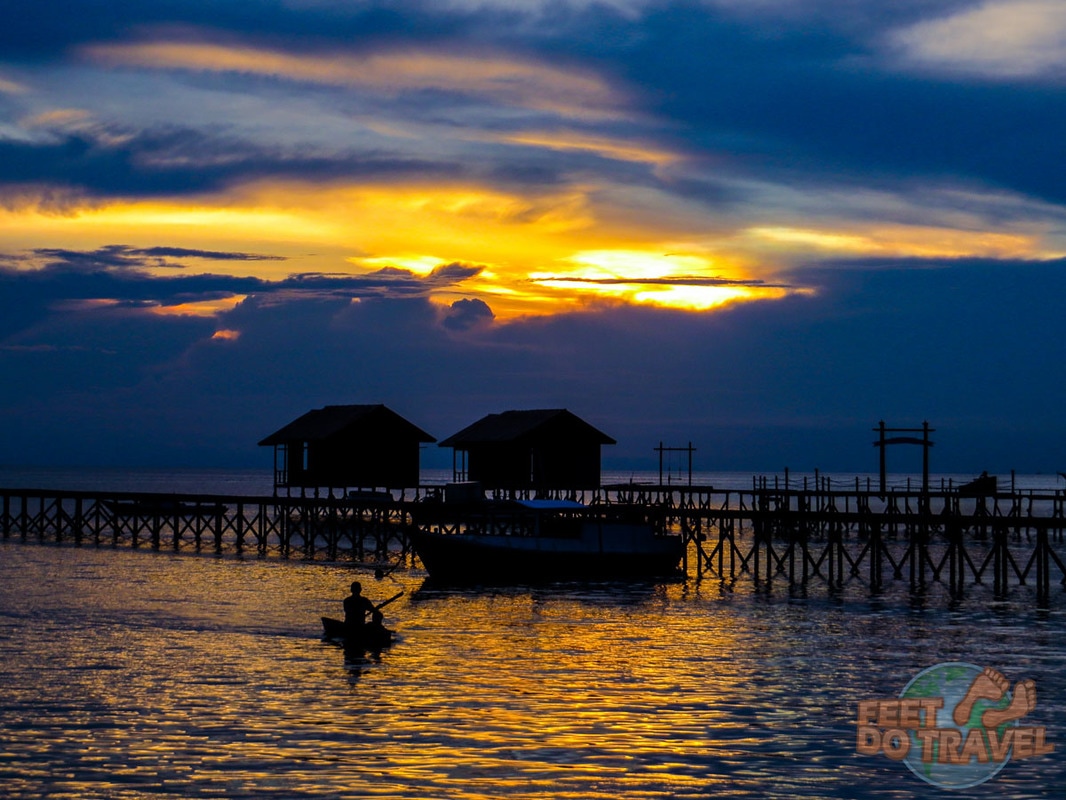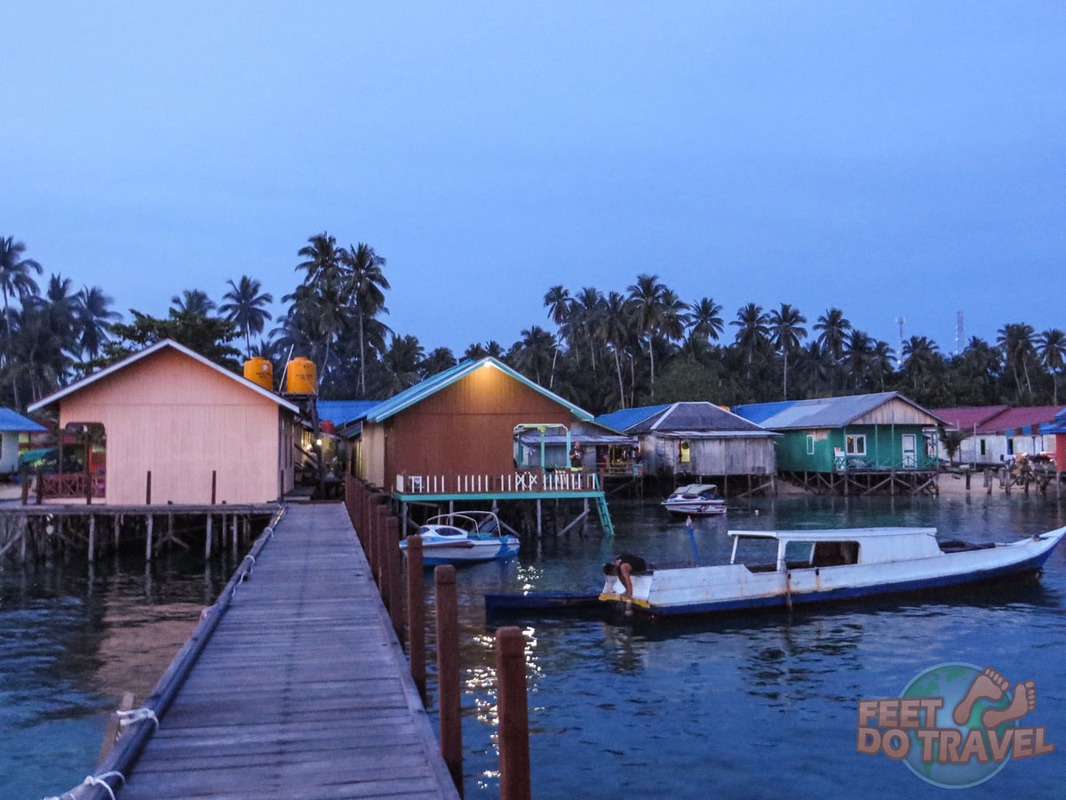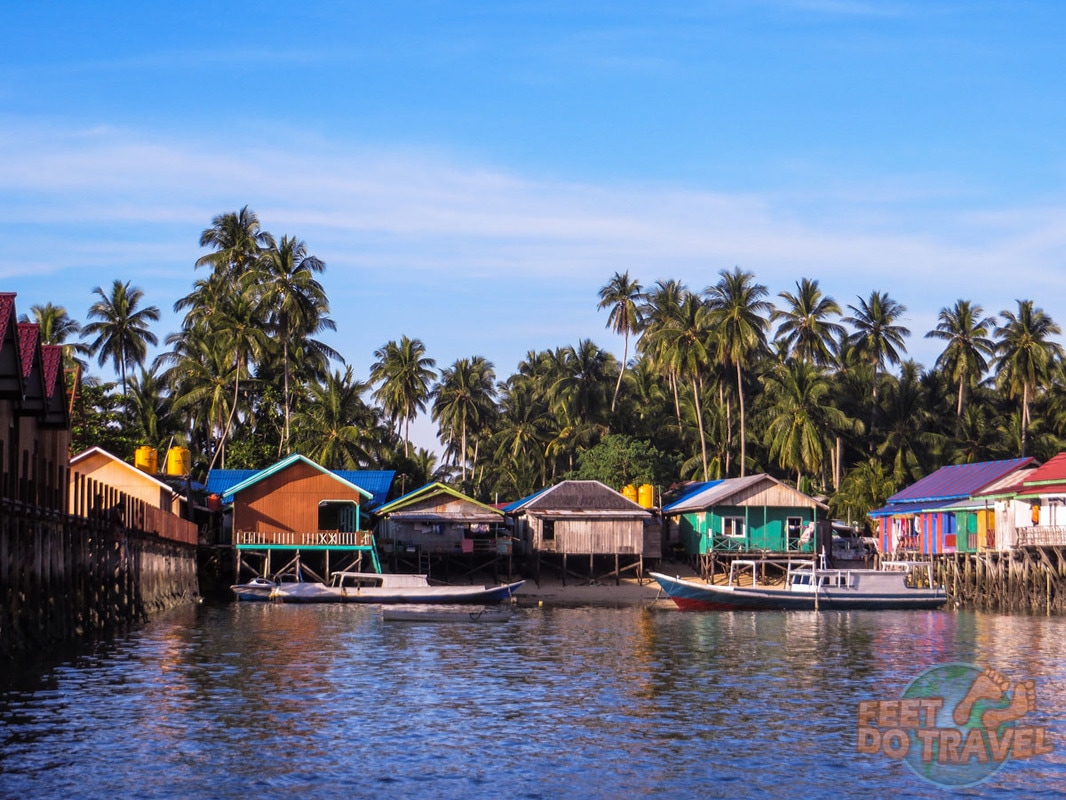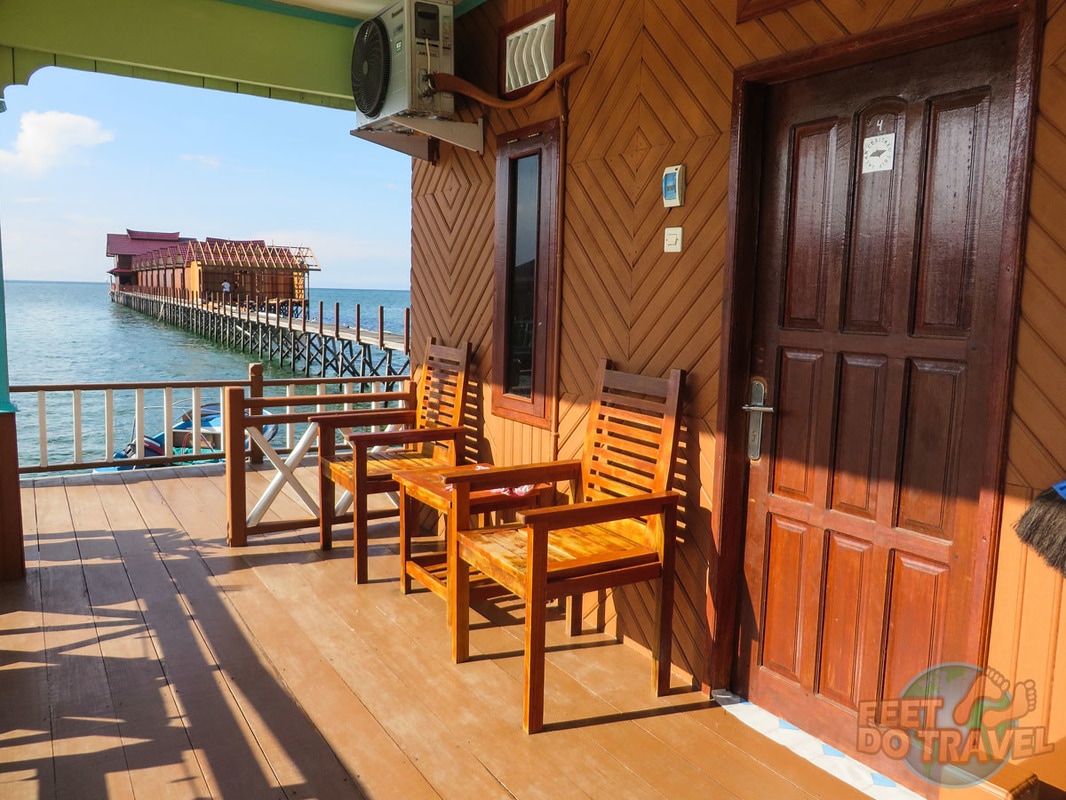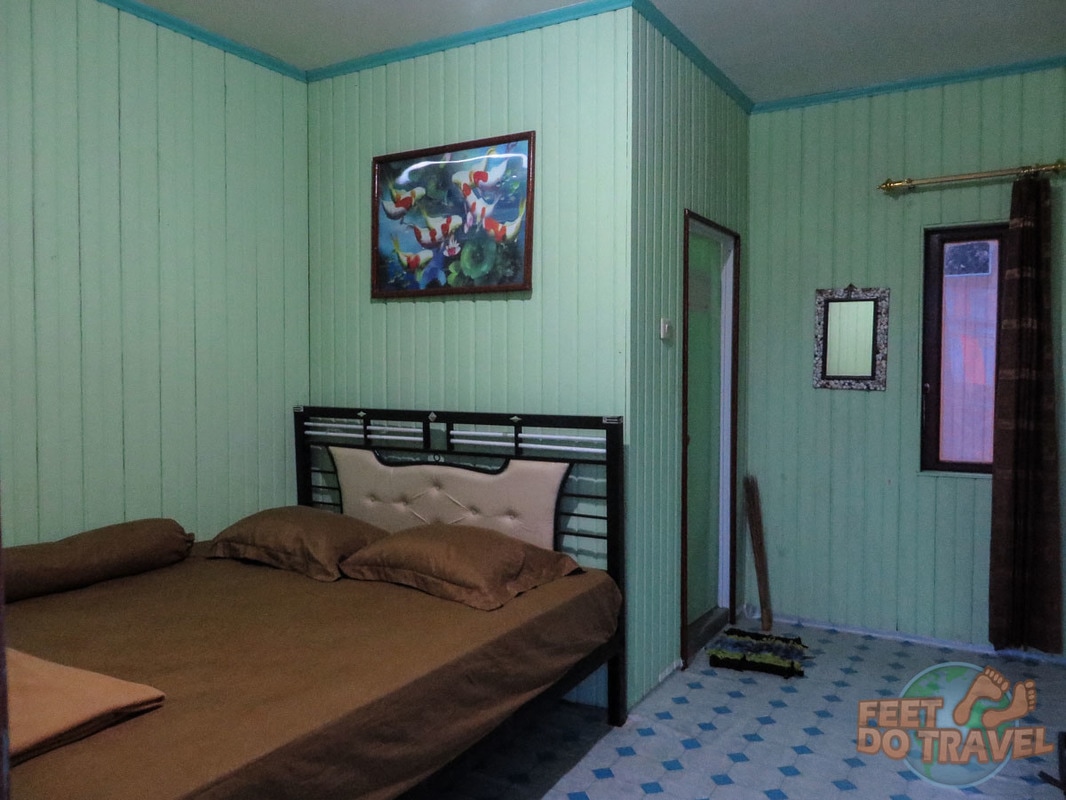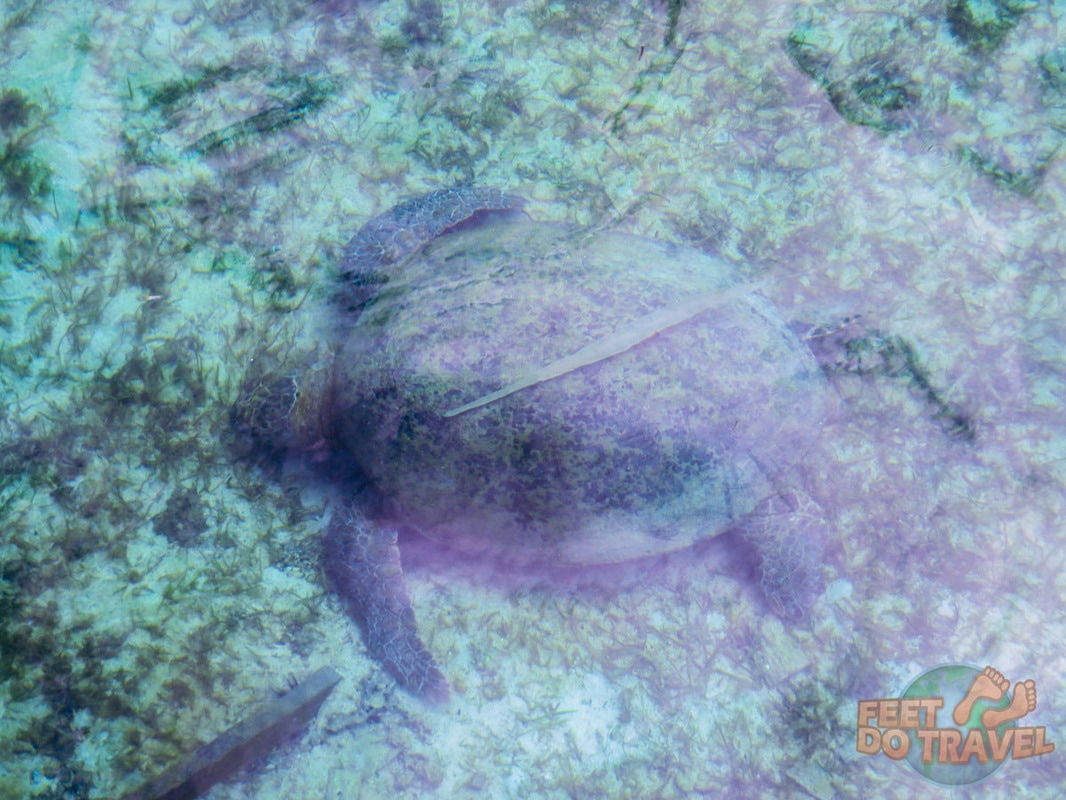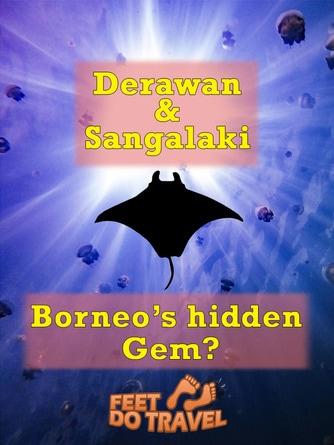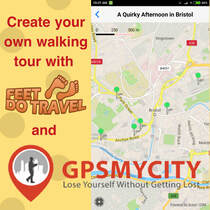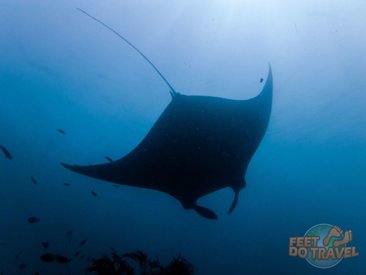
Let’s hope so, the next day we were going to Sangalaki to look for the majestic manta rays. We had already spotted a small pod of dolphins on the boat journey to the island so we already knew that this place had potential to deliver!
Derawan Archipelago is a cluster of islands off the east coast of the Indonesian side of Borneo. In truth, it could be considered difficult to get to but aren’t most of the beautiful places on earth that are unspoilt and untouched by tourism a little challenging? If you want deserted white sandy beaches, crystal clear aquamarine ocean, warm and friendly, honest people, a laid back vibe, cheap and tasty food (shall I go on??) then Derawan is a place you need to consider.
Scuba Diving and Snorkelling
We were brought to Derawan not just for the lure of an idyllic off-the-beaten track destination, but for the top-notch diving and if you follow us, you will know we are both scuba divers. Many of you have commented on our blogs and Instagram photos that you would love to see some of the things we do but you aren’t divers, well I’m here to tell you that sometimes you can see more when snorkelling than diving! So if you are a diver and your partner/friend isn’t, and you want to see some amazing marine life, let me tell you about our experiences in Derawan.
Diving in Sangalaki
We booked a couple of days diving with Scuba Junkie whom we have dived with in Mabul, Sipadan & Komodo and once again, Scuba Junkie delivered as always! We were taken to pristine coral and an abundance of aquarium fish all brightly coloured but the best thing of all was there wasn’t another boat in sight and every dive/snorkelling site we had to ourselves. The water was so still and calm it was like bath water with such a lovely warm temperature. (28/29°c)
Snorkelling in Sangalaki
During the lunch break, as I sunbathed on the bow of the boat, we saw the tips of a few mantas on the surface only 20 metres away from us! We grabbed our masks and snorkel and jumped right in, then, to our absolute sheer delight, we had the opportunity to hang out with about 4 or 5 different mantas who repeatedly barrel rolled so close to us, we actually lost count. As they swam towards us and scooped their own lunch of yummy jellyfish, we were able to see right inside of their mouths.
Diving in Kakaban
Snorkelling in Kakaban
Jellyfish lake in the middle of Kakaban Island is a natural phenomenon! About 12,000 years ago, Kakaban was uplifted from the ocean and the jellyfish appear to have evolved into their own species surviving only in this brackish (a mixture of fresh and salt water) environment. It is one of only two places in the world where you can swim safely with stingless jellyfish of which there are four different species here in this lake, the most common being the un-aptly named spotted jellyfish which has evolved to no longer actually have any spots! Isn’t nature fascinating! To reach the lake (a Rp 20,000 (£1.20) fee is payable at the entrance), you will walk down a small pier then through ancient rainforest for about 10 minutes, then all of a sudden you are staring at the most beautiful lake surrounded by lush green trees.
How to get there
If you are coming from Malaysian Borneo, you can get a flight with MASwings to Tarakan. We flew from Tawau and it only took 30 minutes, then it was a 3 hour speed boat ride to Derawan Island. Scuba Junkie can arrange all of this for you to make it super convenient so just drop them an email: [email protected].
Alternatively, you can do it yourself as there are a number of options depending on which direction you are coming from, check out Scuba Junkie’s link which gives you a few alternatives.
Where to stay
I walked all around the island and, in my honest opinion, the best place to stay if you want either a dorm bed or water bungalow at a very reasonable price is Scuba Junkie. All rooms have a balcony which overlook the ocean and you can keep an eye out for turtles beneath you whilst watching the stunning sunsets. If, however you are on a tight budget, there are many homestays on the island which are basic but comfortable wooden chalets built next to a local’s home, for example, at the end of Scuba Junkie’s jetty, to the left there is Indri Homestay (fan rooms only) but we stayed on the right at Miranda (which have aircon). They are both on the land owned by Scuba Junkie so if you are getting a transfer and or diving/snorkelling with them, they can help arrange it when you arrive.
Travel facts
- The official currency is Indonesian Rupiah’s (IDR), £1 = Rp 16,000
- There are no ATM’s or credit card facilities on the island so you will need to take plenty of cash with you to pay for your food, drinks, any souvenirs that you may by from the shops.
- There is no wi-fi or internet on the island so if you want data, buy a SIM card at the airport (cost for 1G of data is approx. Rp 90,000 (£5.40).
- Their official language is Bahasa Indonesia which is similar to Malaysian Borneo and throughout Indonesia in general
- If you can use just a couple of Indonesian words, this will give you big smile in return, even if you simply use “Pagi” (morning) and “Terima Kasih” (thank you), it will be hugely appreciated.
- A 30 day visa is given at the time of arrival (not for all countries, check with your embassy) but if you want to stay longer in Indonesia, you can obtain a 60 day visa in advance at consulates and embassies.
The #FeetDoTravel blog link-up!
We are proud to host the #FollowMeFriday blog linkup. If you have a blog post you would like to share, feel free to click on he picture below which will take you through to our Facebook Community and drop your link there. The link-up opens 12.00am (midnight UK time) Friday and closes 12.00pm (midnight UK time) Sunday. We are a fun and loyal group who are more than happy to comment, share and reciprocate! Happy Travelling Feet Fans!

